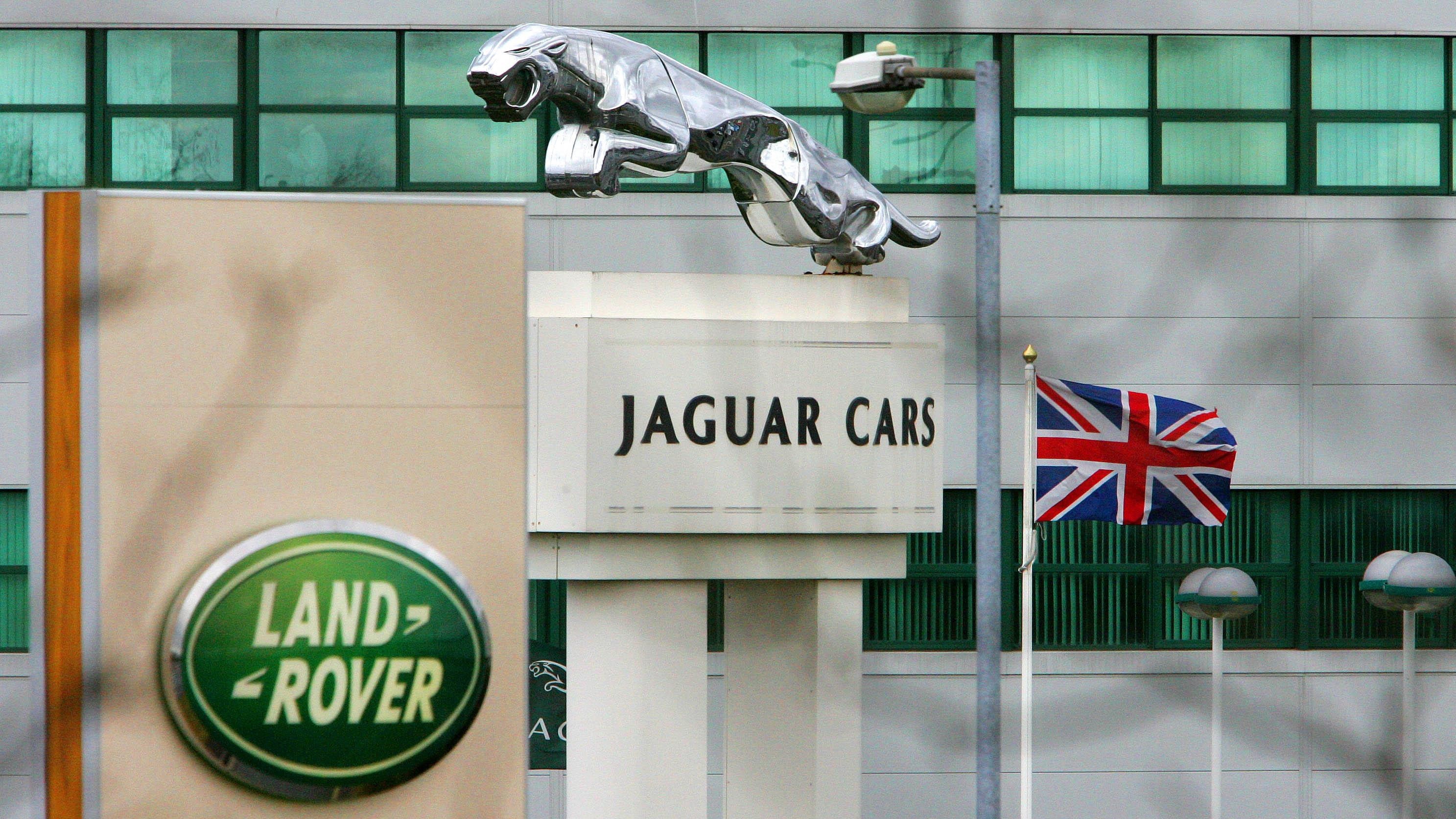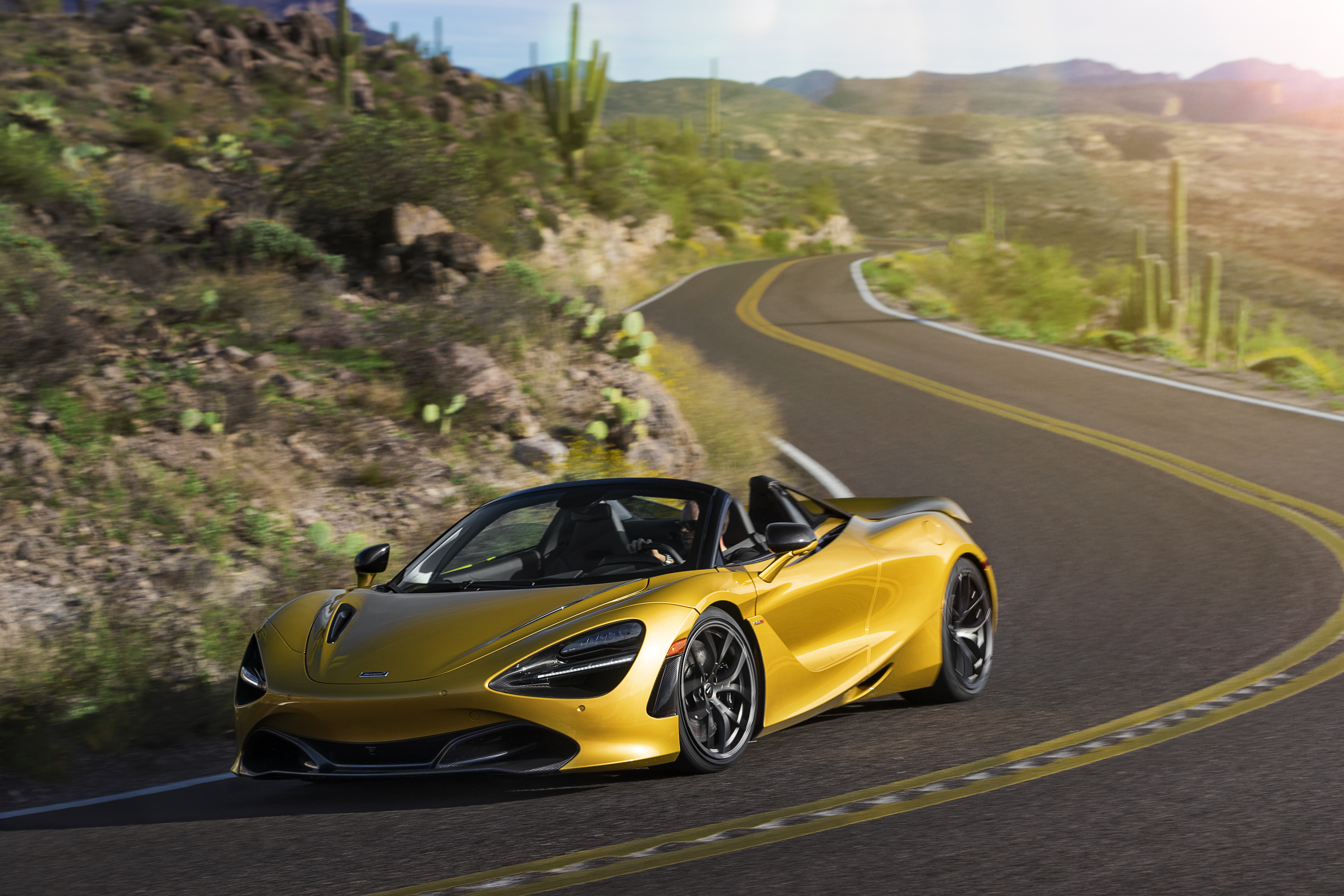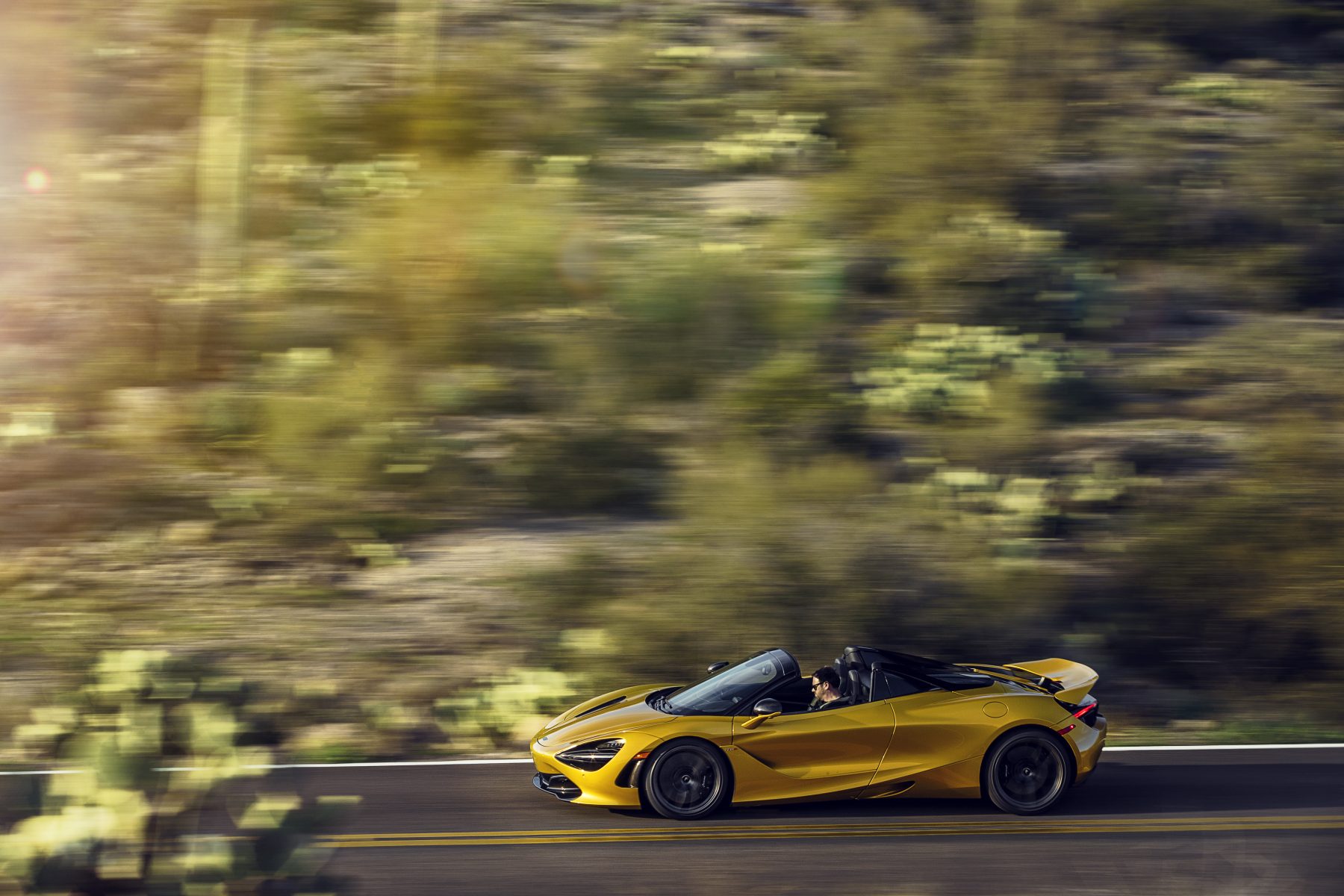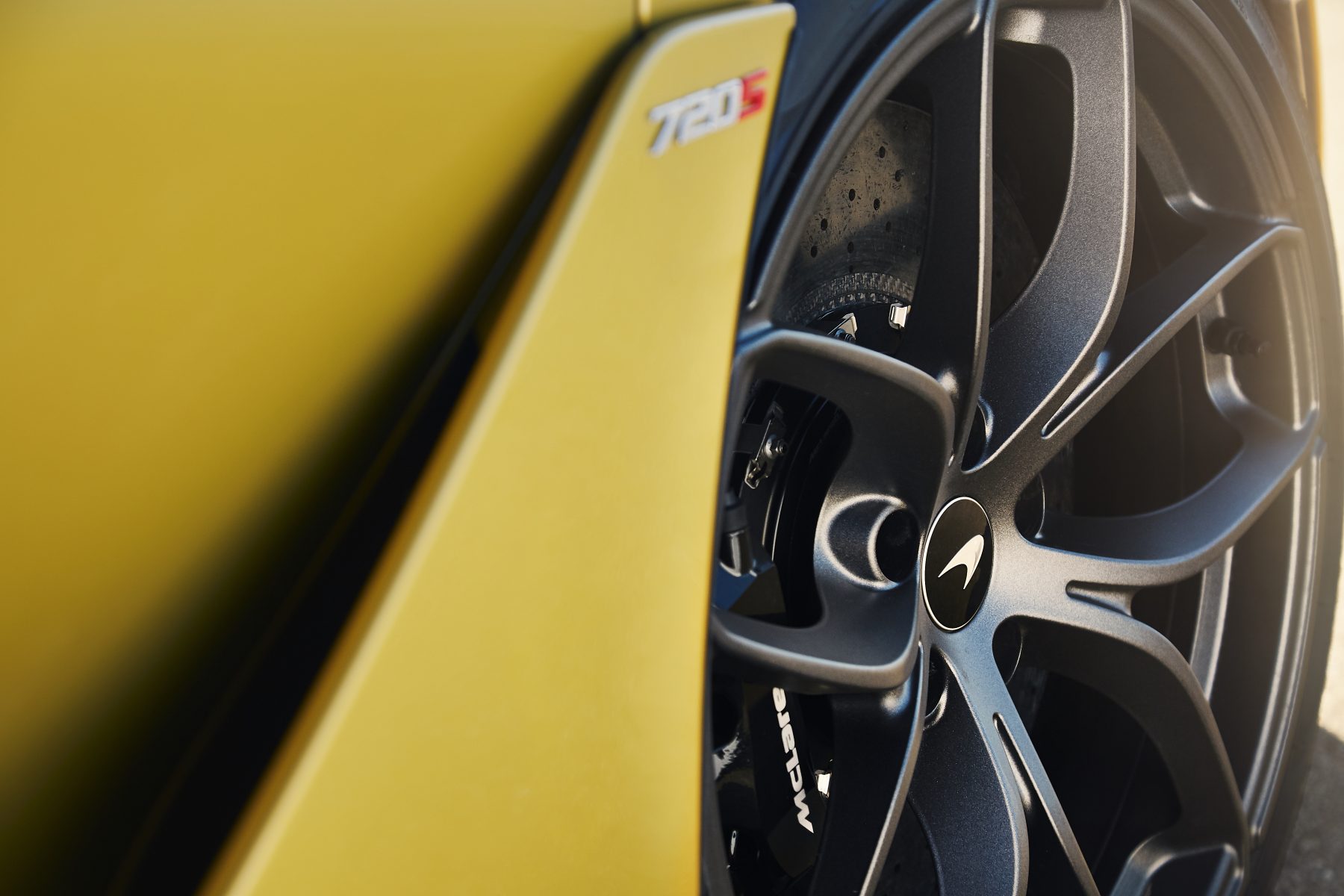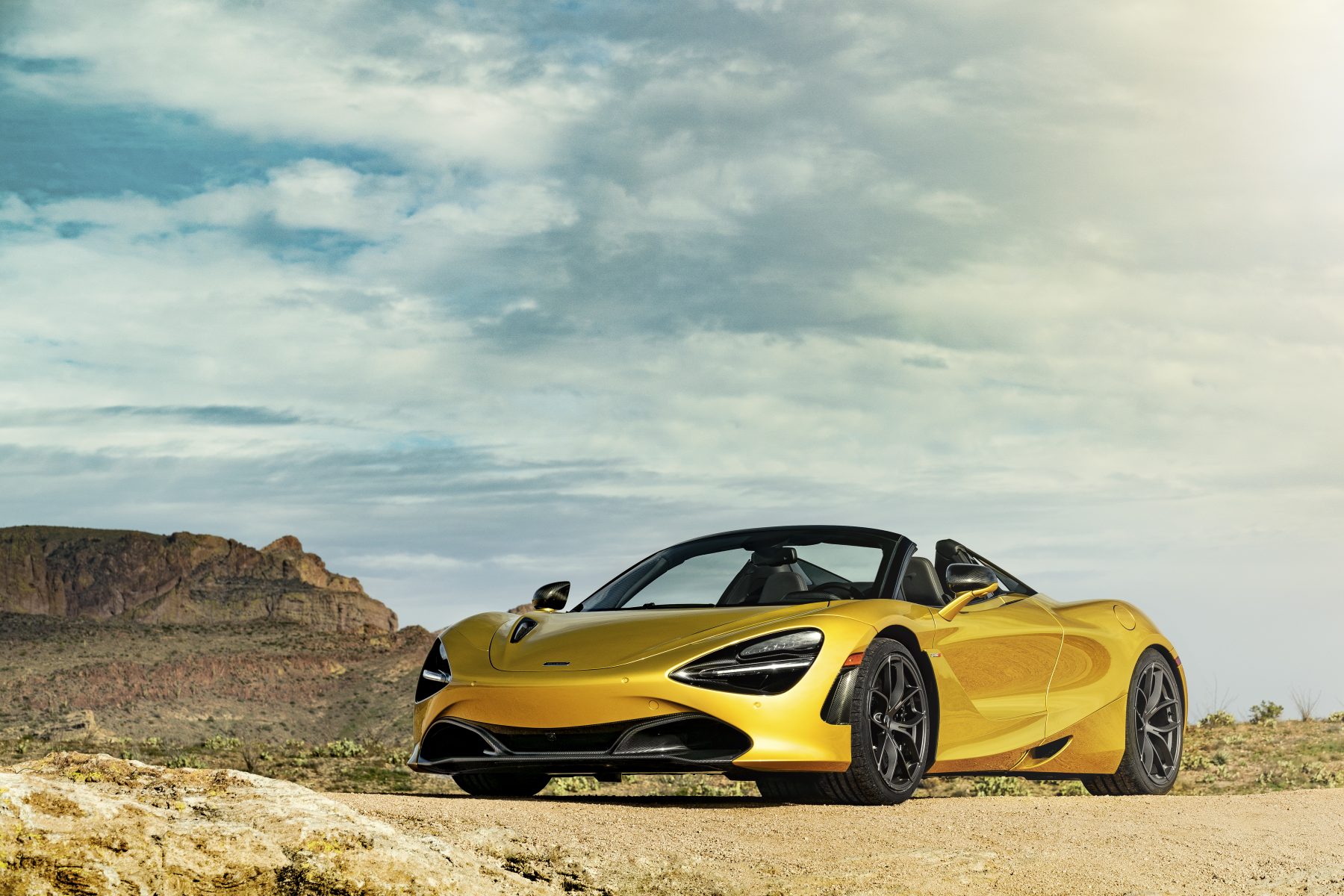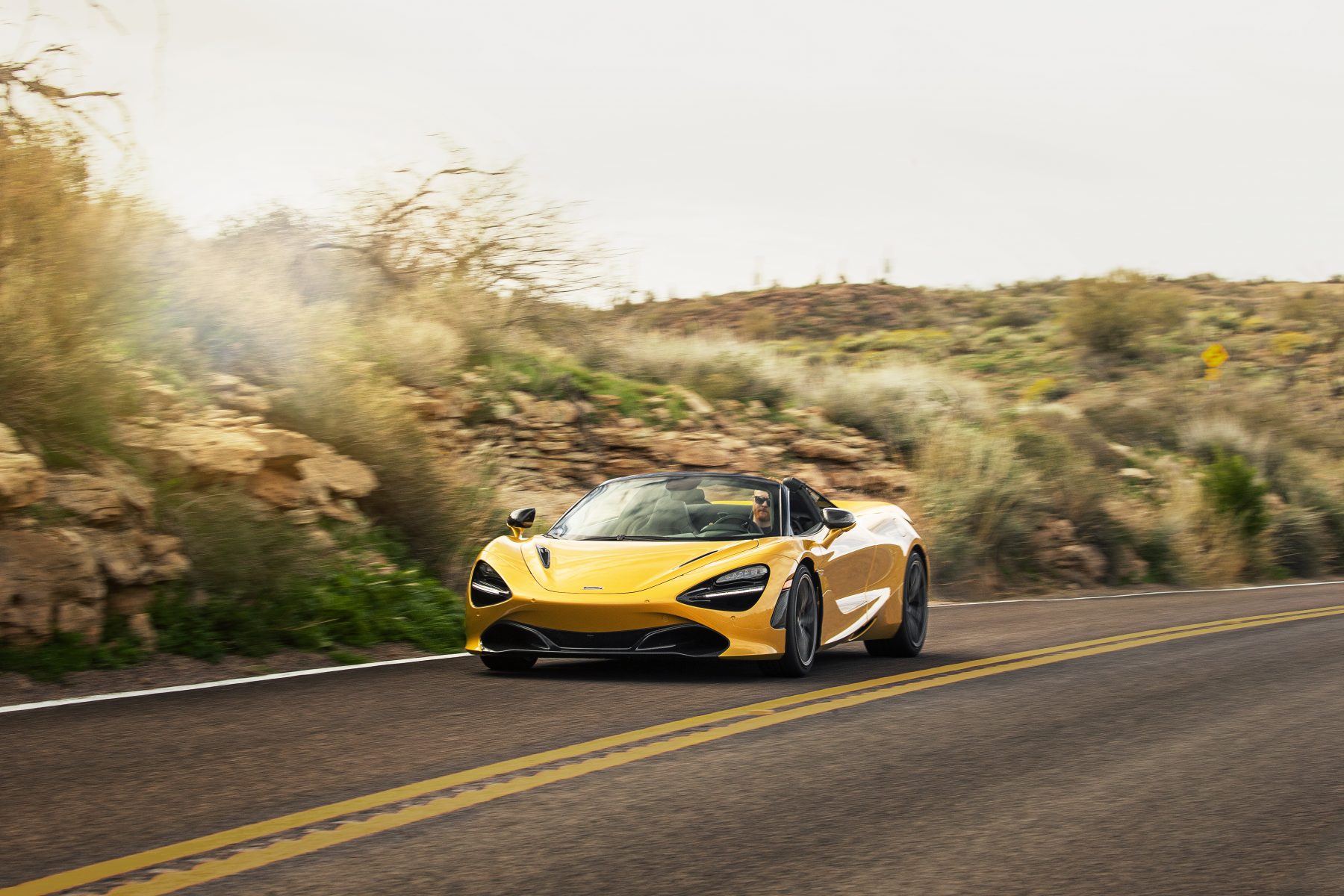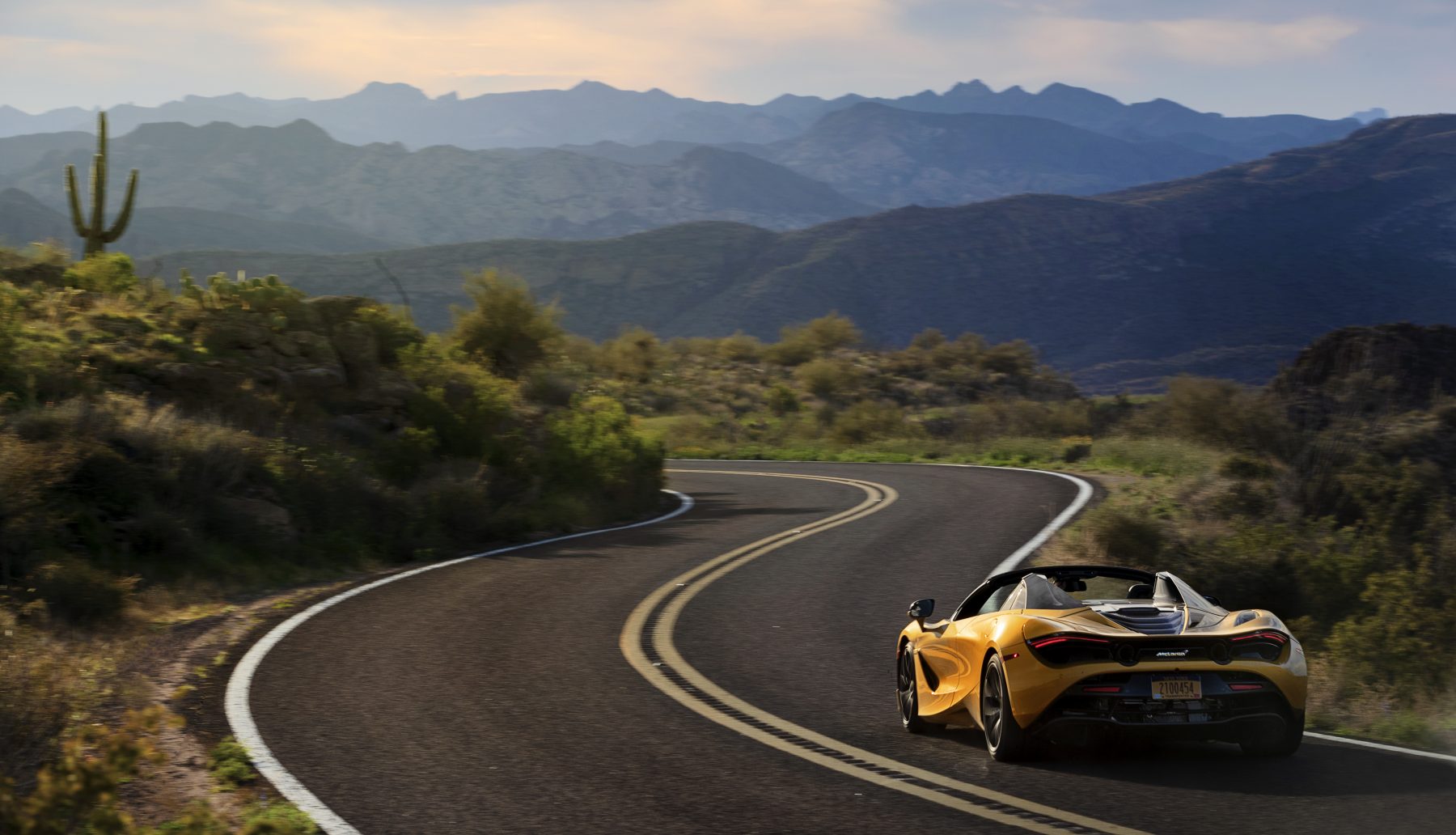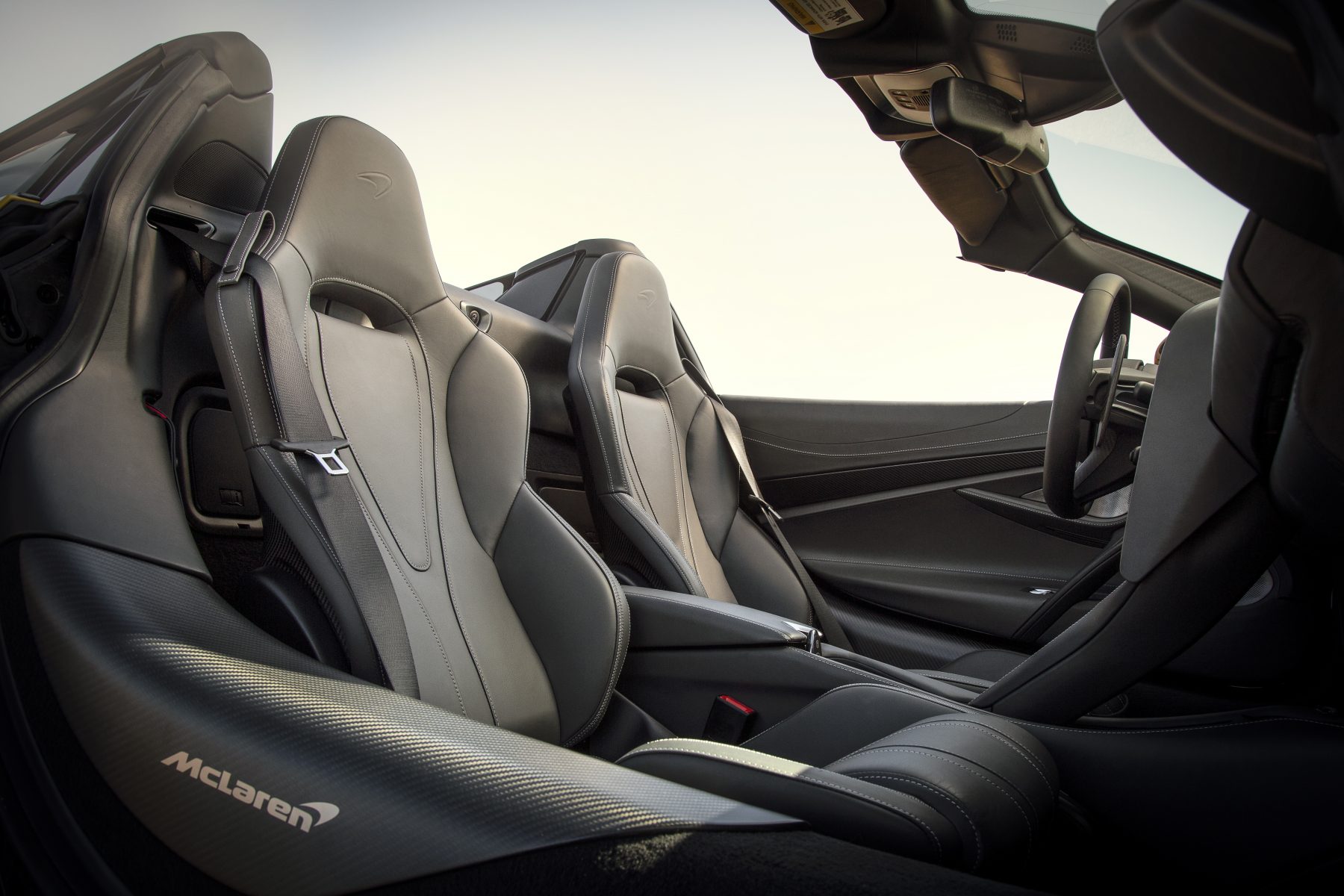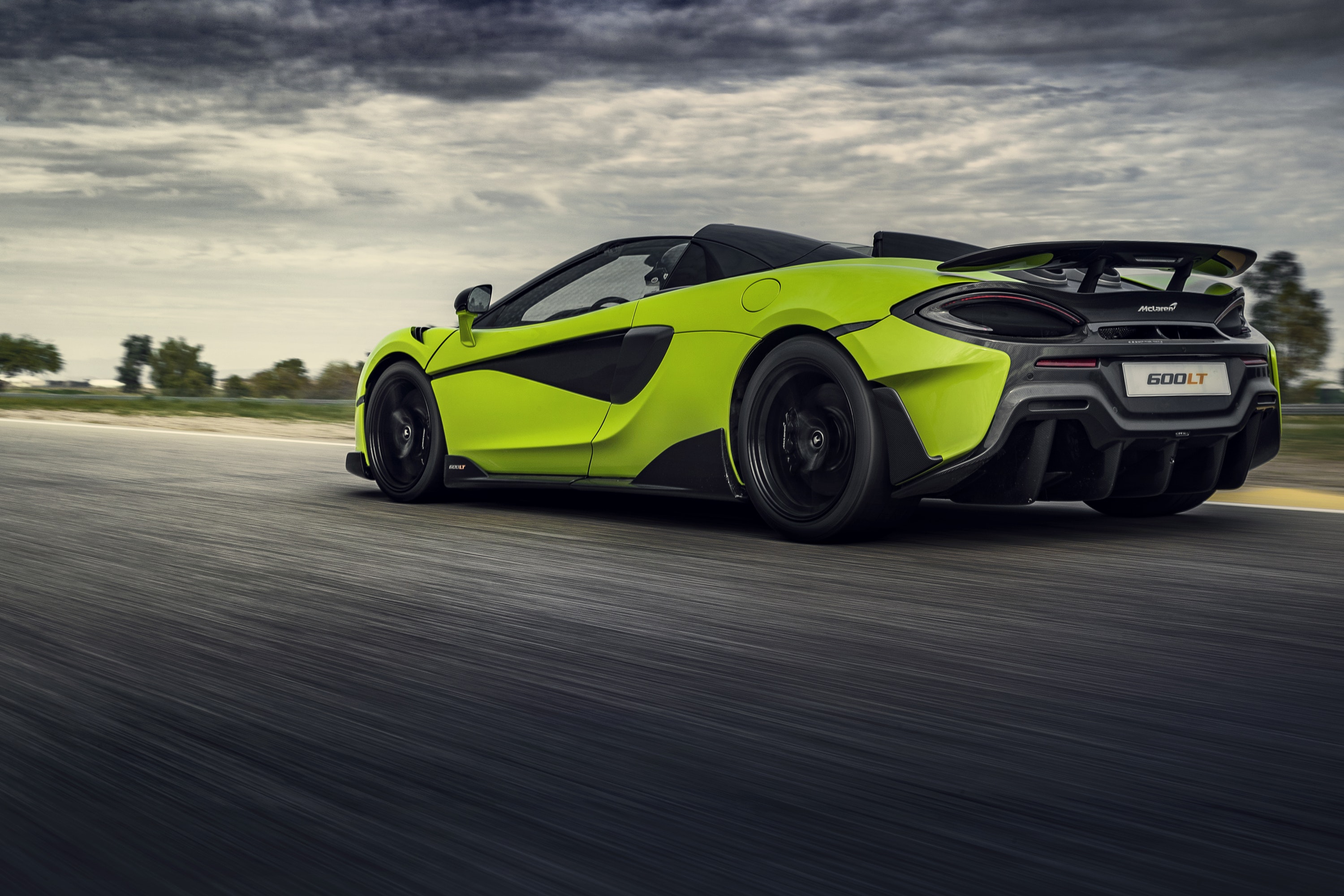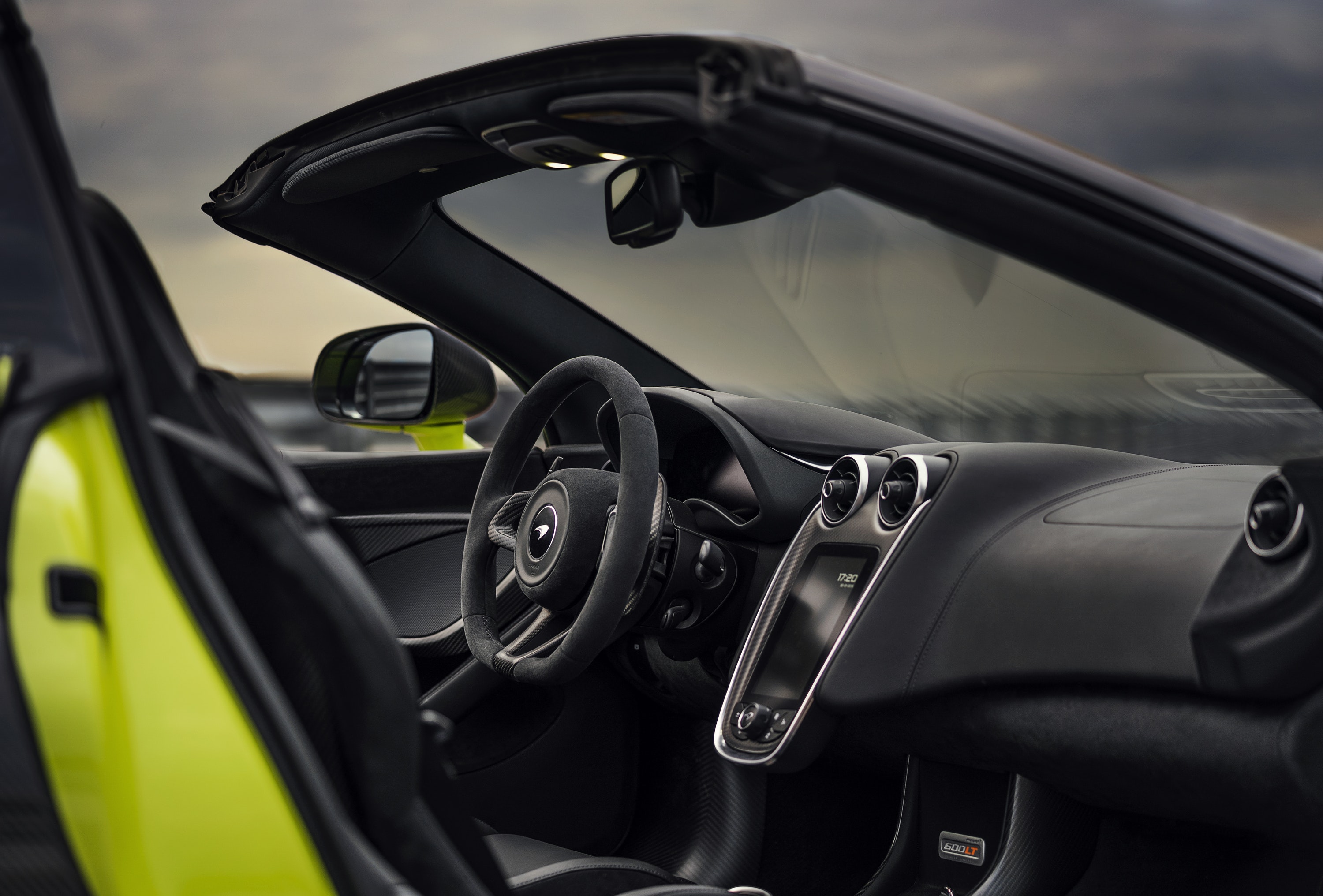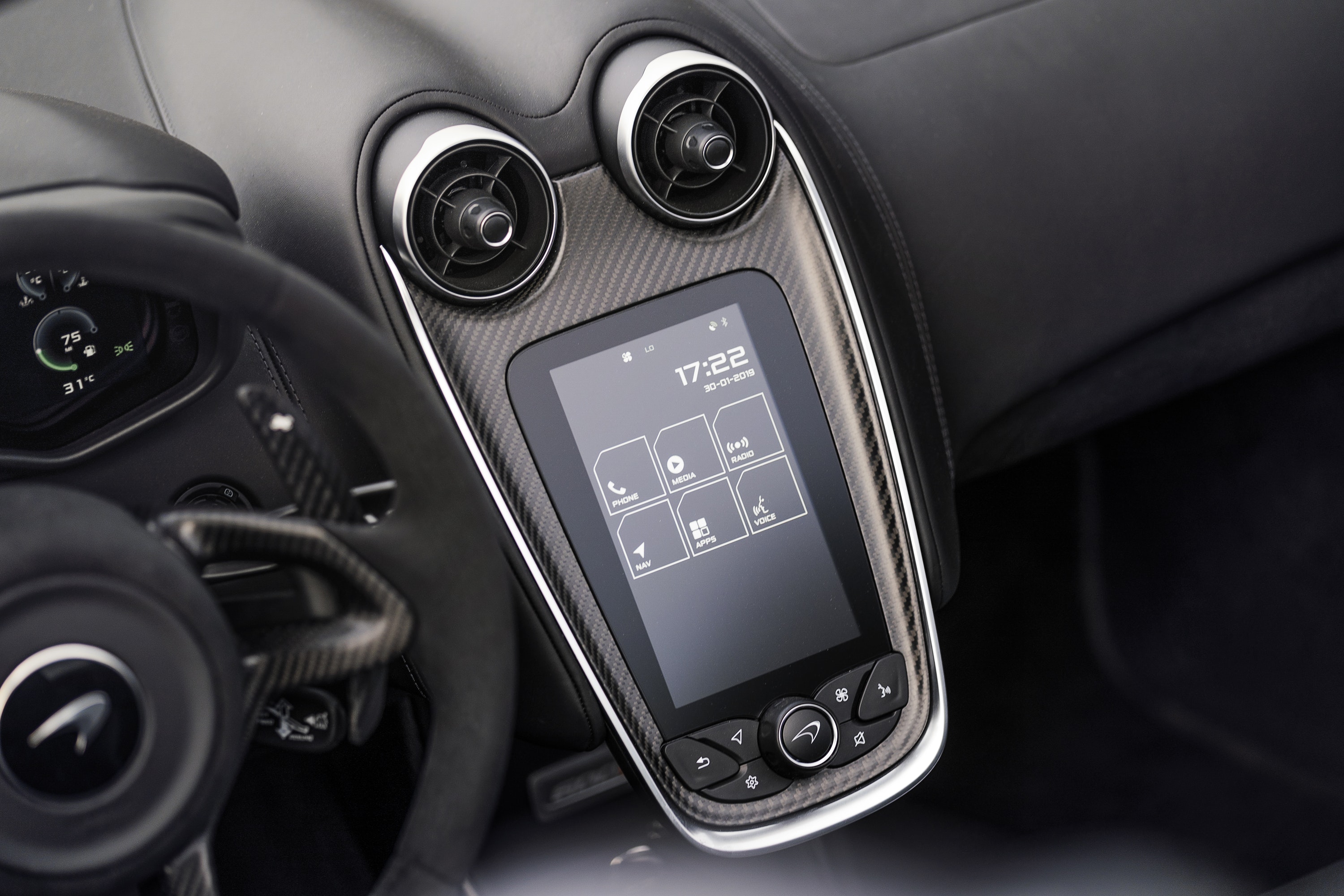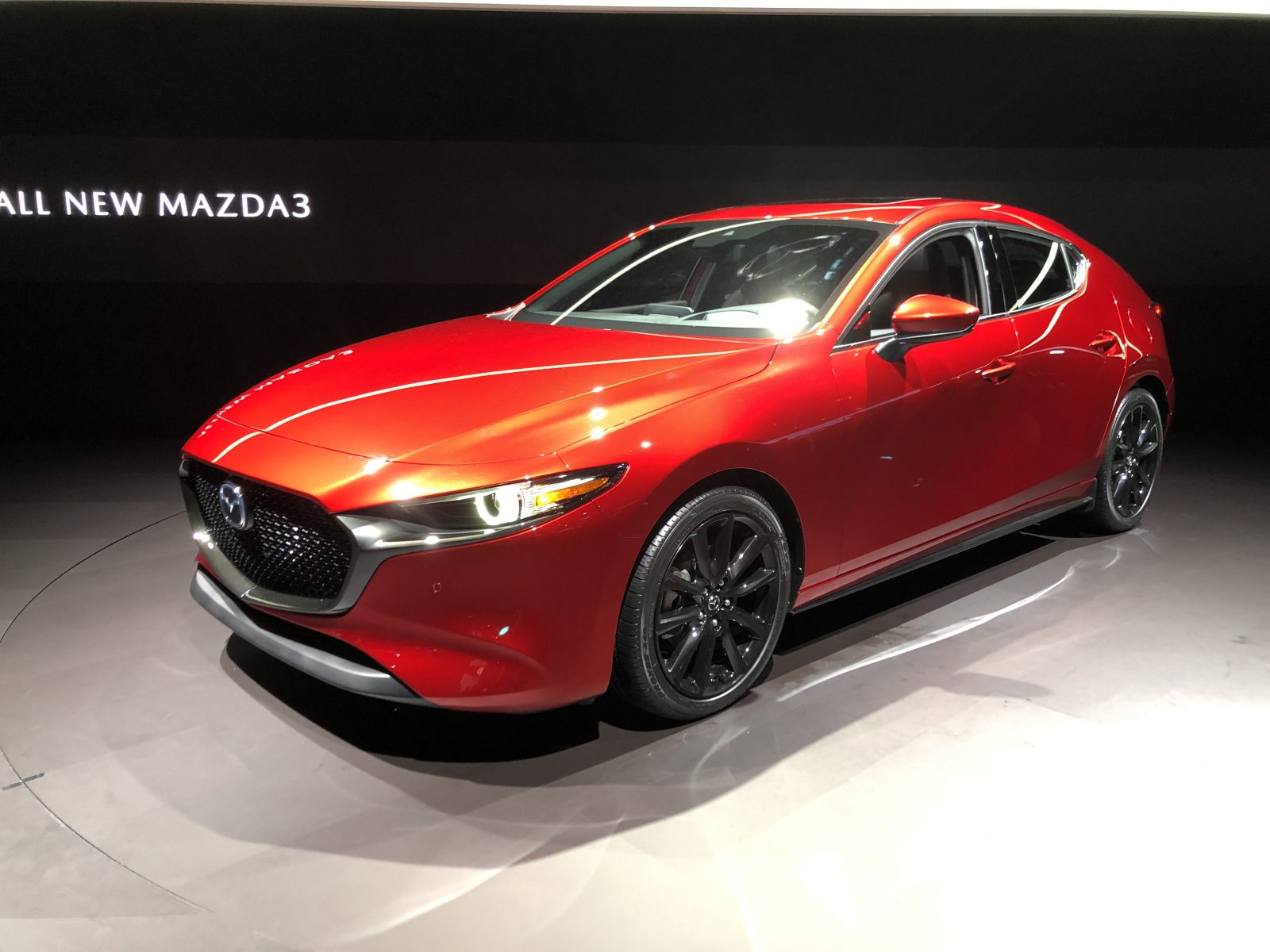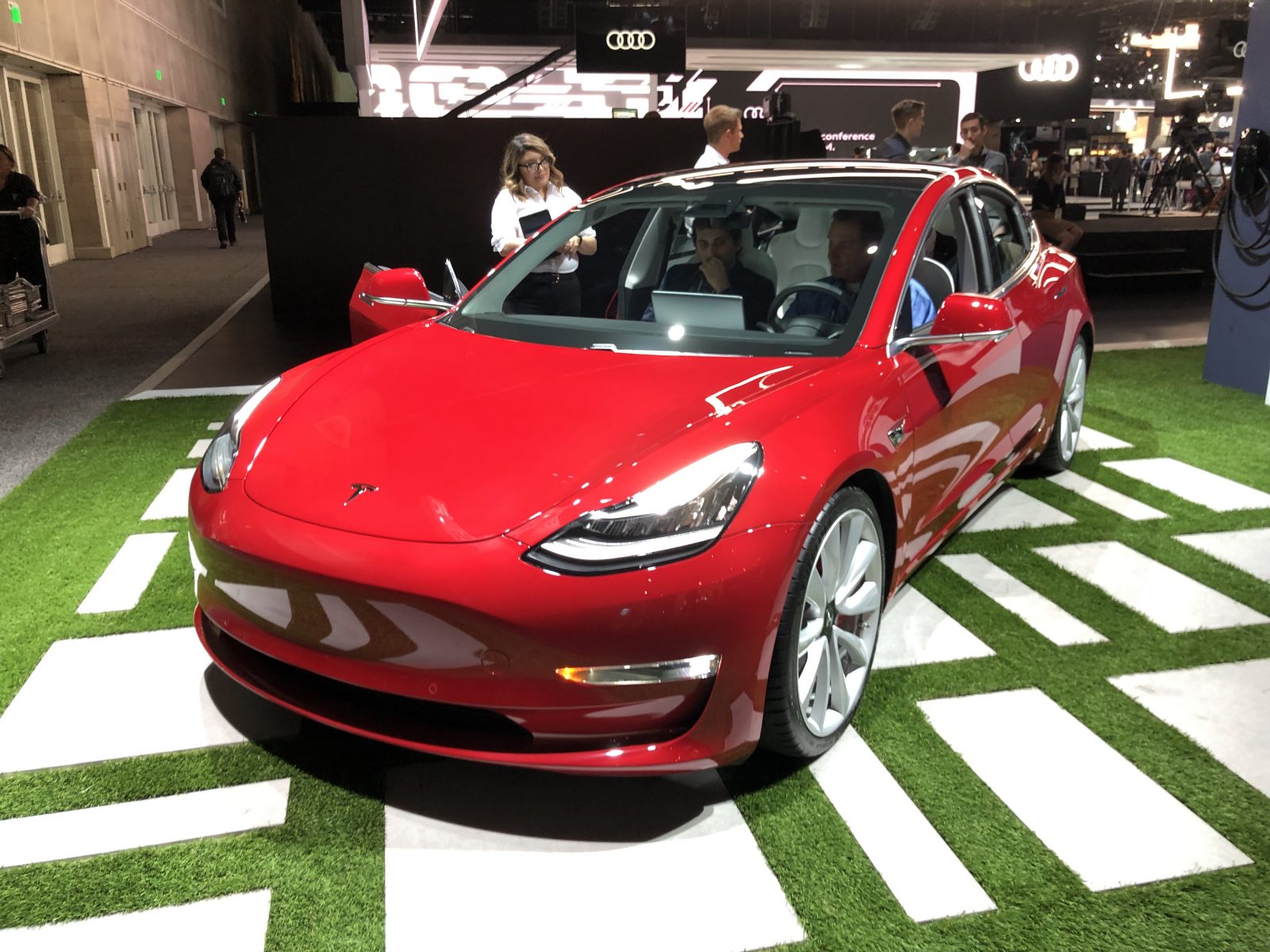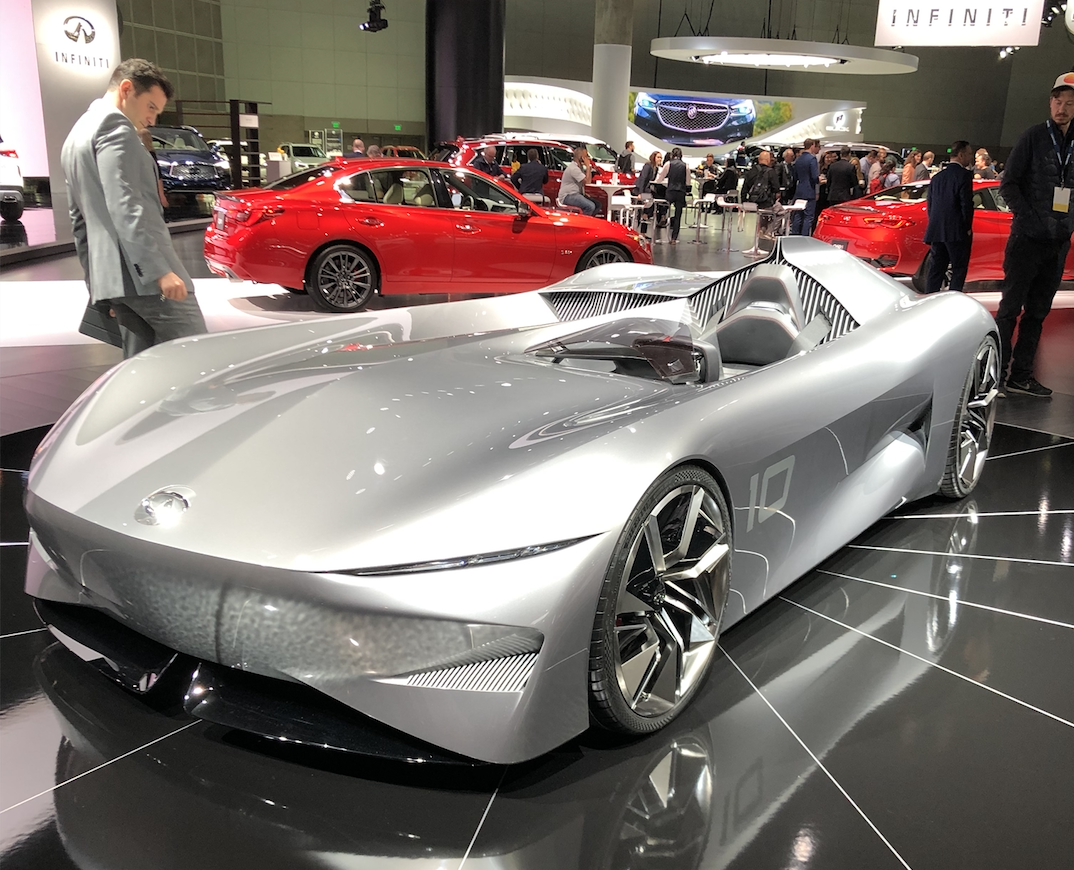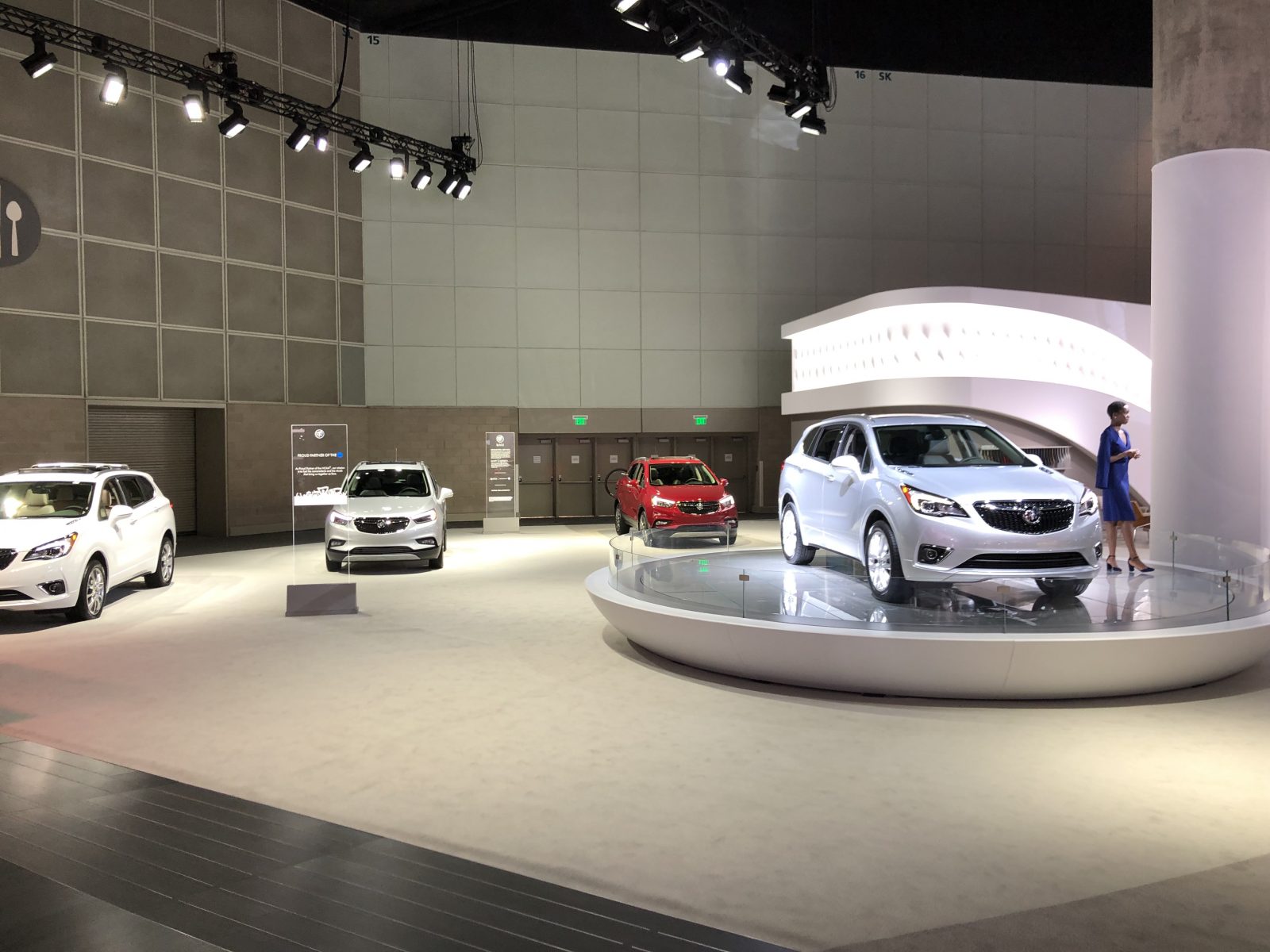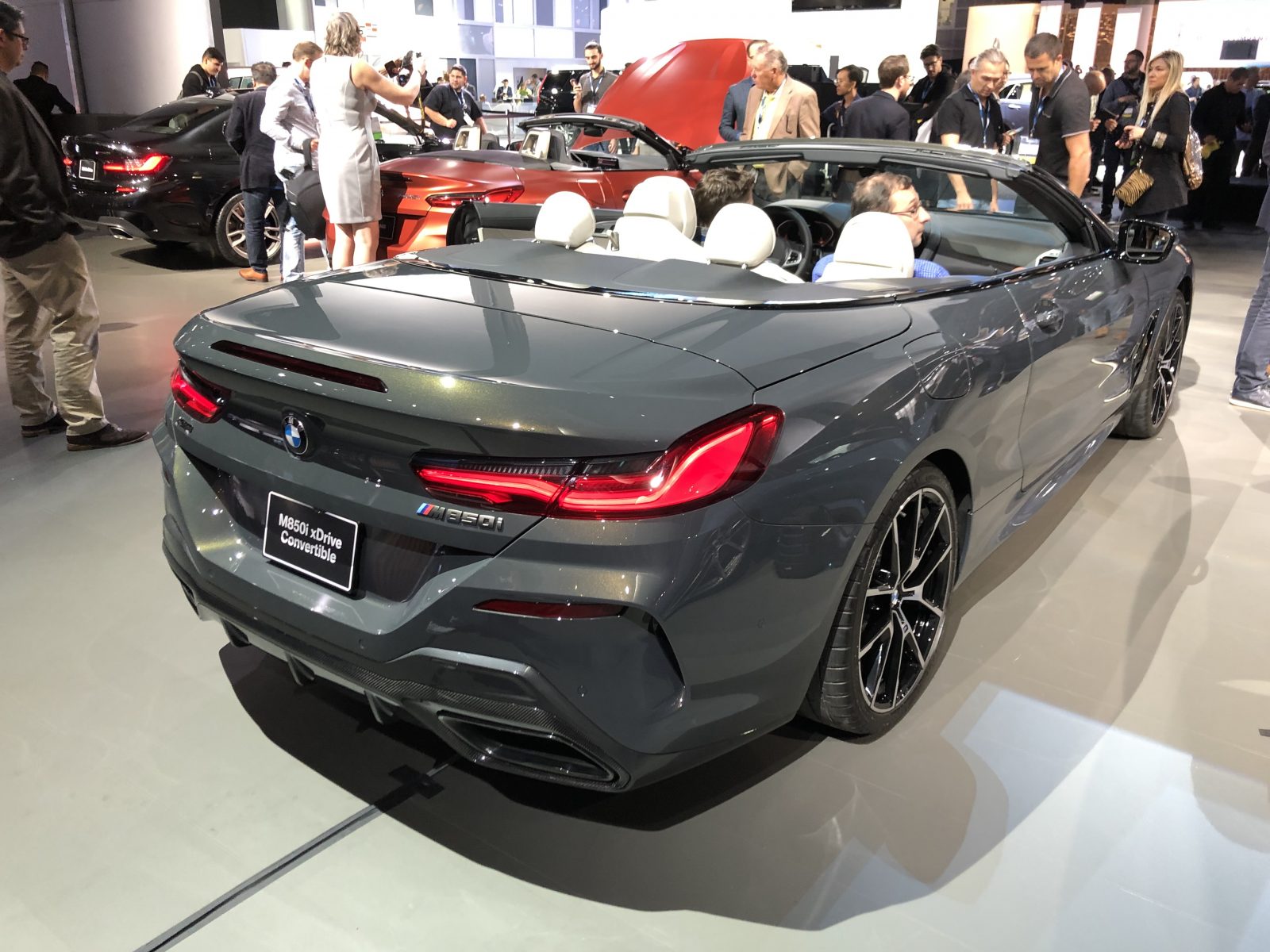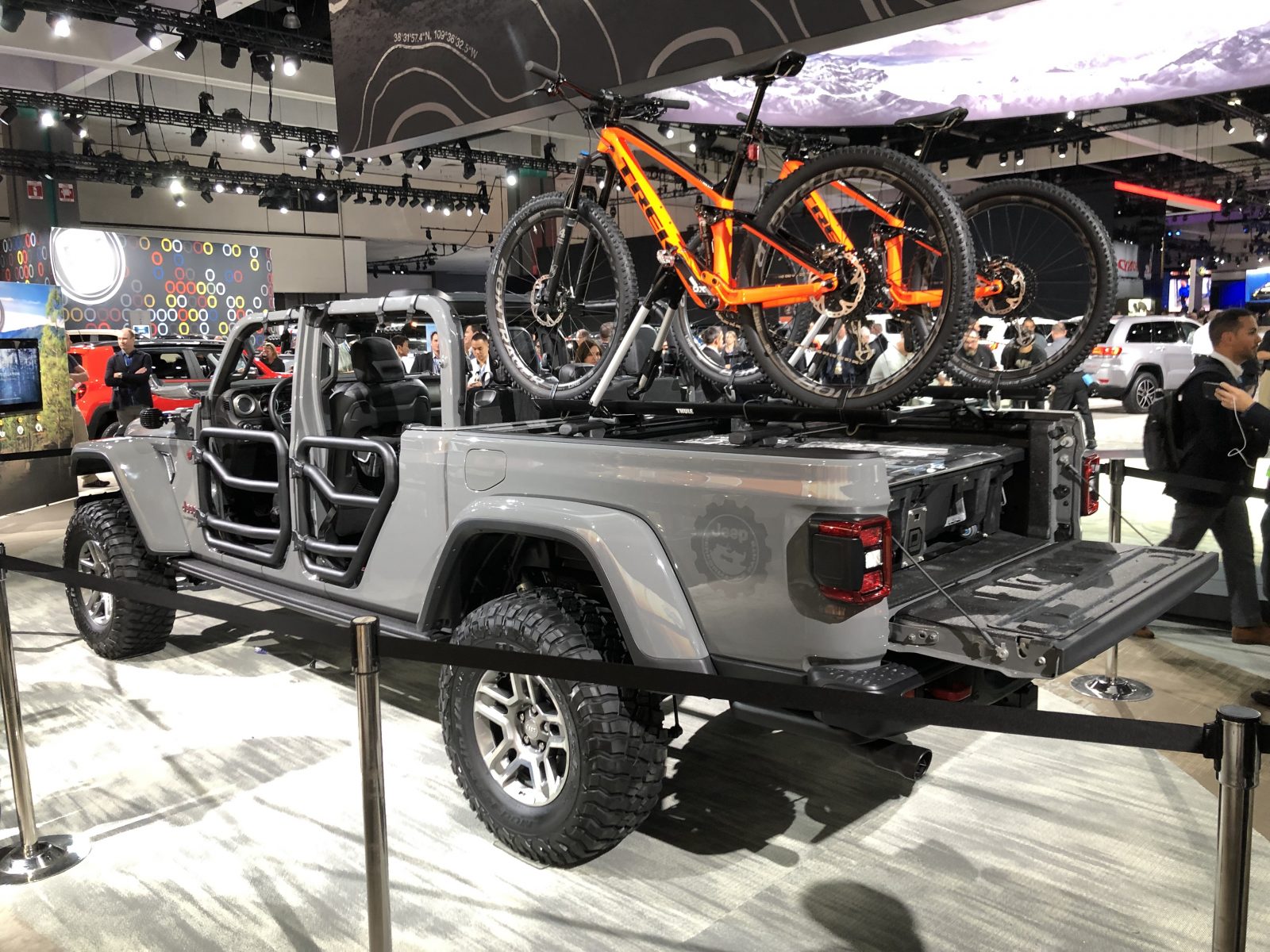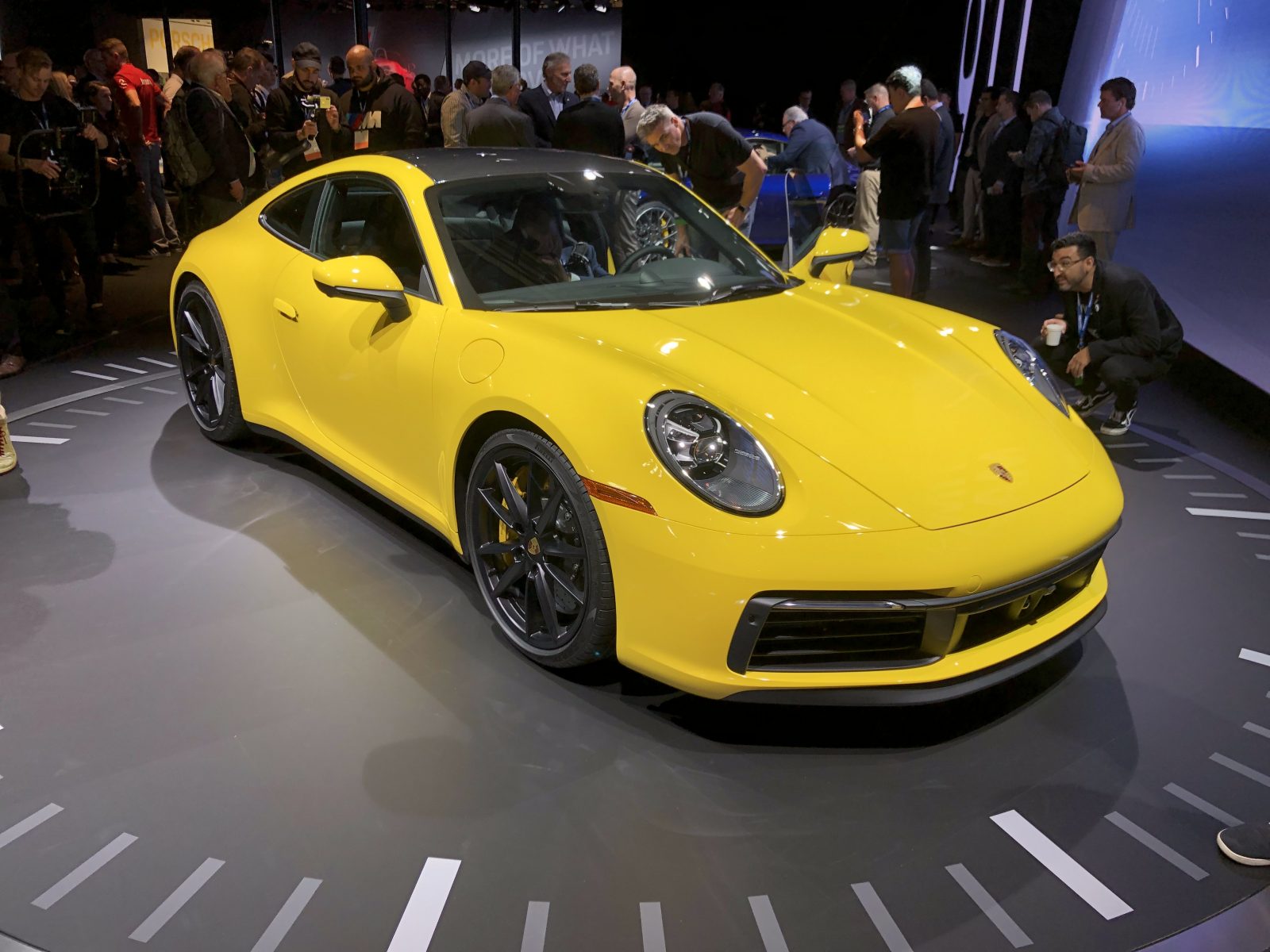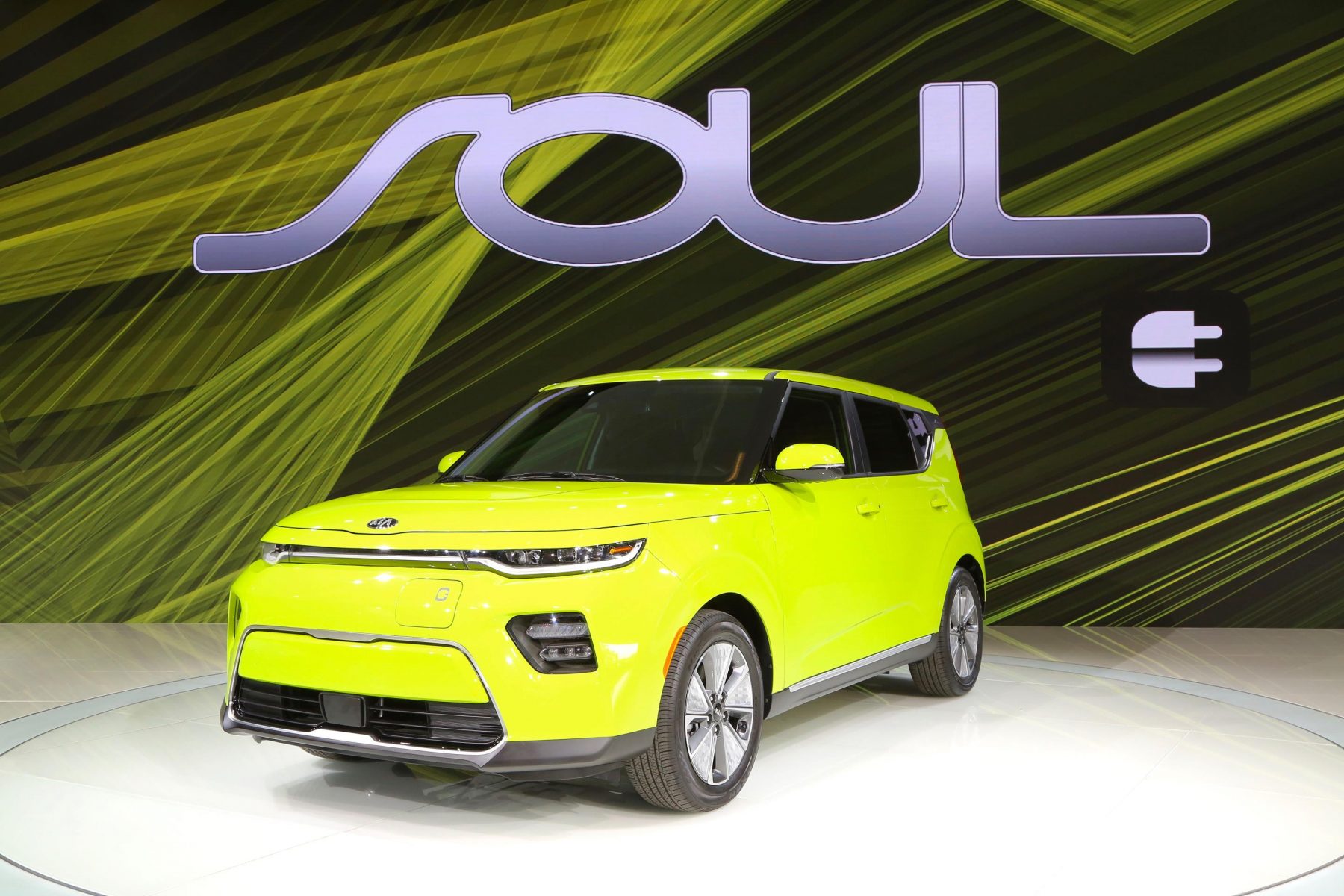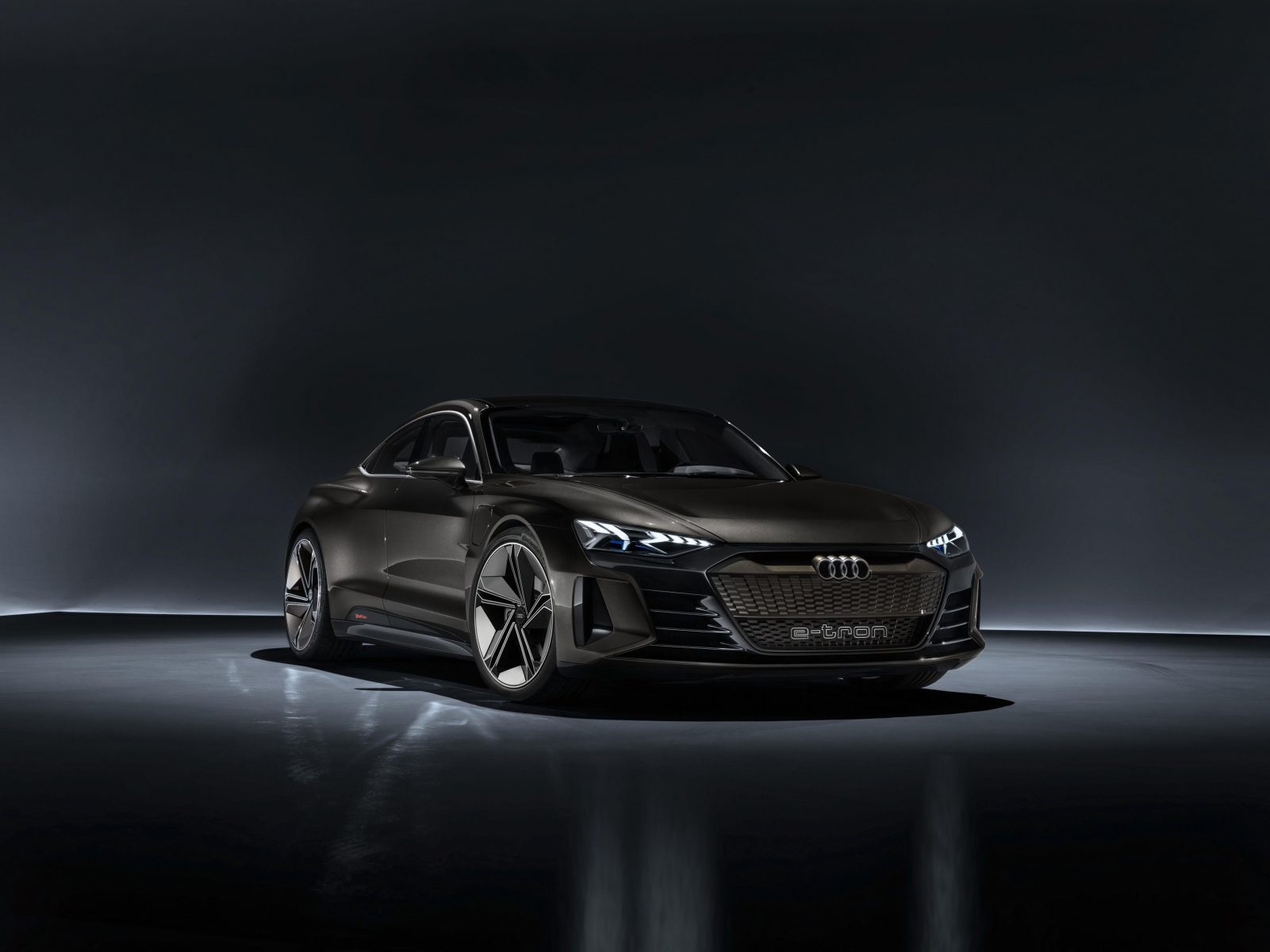A large number of car manufacturers are causing owners ‘unnecessary stress’ because they can’t get their vehicles serviced during the lockdown.
Drivers who need to get their car serviced are worried that missing a check-up could invalidate their warranty. Usually, car firms penalise those that do miss service intervals by revoking their cover.
Some car manufacturers have come out with blanket extensions to calm worried owners, but other brands are refusing to budge.
AA president Edmund King said: “In these uncertain times, everyone should be following government guidance concerning non-essential travel.
“For the majority of car owners with a vehicle under warranty that is rarely being used, it should not be essential to have a standard service now.
“Expecting drivers to go for a standard maintenance service during lockdown is against the spirit of government advice. We felt that the government took a sensible and pragmatic approach to MOTs and believe that manufacturers should show similar flexibility and common sense.
“Telling drivers to do something seemingly contrary to government advice may also add unnecessary stress to owners.”
Jim Holder, editorial director of Autocar and What Car? Magazines, added: “From a national perspective there is a wider responsibility for car manufacturers to act with integrity at this critical juncture, and they should put the needs of the country and the care of our critical workers before the need to get cars serviced.”
Car dealerships were shut by the government on March 23, but their workshops and garages have remained open. This is designed to keep key workers on the move and not for the general public to have their cars serviced.
An MOT extension of six months and lasting for a year is in place as of March 30 to stop drivers worrying about getting their car checked, and experts believe this should set a precedent for servicing too.
PA Media contacted every UK car manufacturer and asked what sort of leeway they were offering customers when it came to getting their cars serviced.
The VW Group – including Volkswagen, Audi, Skoda and Seat – wouldn’t offer a blanket extension. All the brands said they would deal with issues on a ‘case-by-case basis’. Porsche, part of the same group, said customers who made a request for a service in writing that couldn’t be completed due to the lockdown ‘would not be penalised’.
Alongside the VW Group, Alfa Romeo, Fiat, Honda and Jeep have all refused to issue an automatic extension. Advice from those brands varied, with most asking customers to contact the firm’s respective customer services department.
BMW, Citroen, Dacia, Hyundai, Jaguar, Land Rover, Kia, Mazda, Mercedes-Benz, Nissan, Peugeot, Vauxhall and Volvo have all issued blanket extensions for their customers who would have needed to get a service during the lockdown. These vary in time and mileage, but will give customers peace of mind.
Kia has put no limit on the time or mileage within which customers need to get their car serviced.
A spokesman said: “We don’t know how long it will go on for so we don’t want to put false limits on the length of time, so that people don’t need to worry about getting their car serviced – people can’t have it done right now, we understand that, and they shouldn’t worry.
“People need to look after their car wherever possible if they can by checking the oil and tyres, but car servicing is not important right now – what is important is staying home and protecting the NHS.”
MG and Rolls-Royce both failed to respond to PA Media’s request for comment.
All car manufacturers offering extensions and for how long
Maker / Time extension / Mileage allowed
BMW – Three months / 2,000
Citroen – Three months / 1,800
Dacia – One month / Not specified
Ford – Three months / 1,000
Hyundai – 3 months / 1,500
Jaguar – Two months / 2,000
Kia – Not specified / Not specified
Land Rover – Two months / 2,000
Mazda – Not specified / 1,875
Mercedes – Three months / 3,728
Nissan – Not specified / Not specified
Peugeot – Three months / 1,800
Renault – One month / Not specified
Vauxhall – Three months / 1,800
Volvo – Three months / Not specified


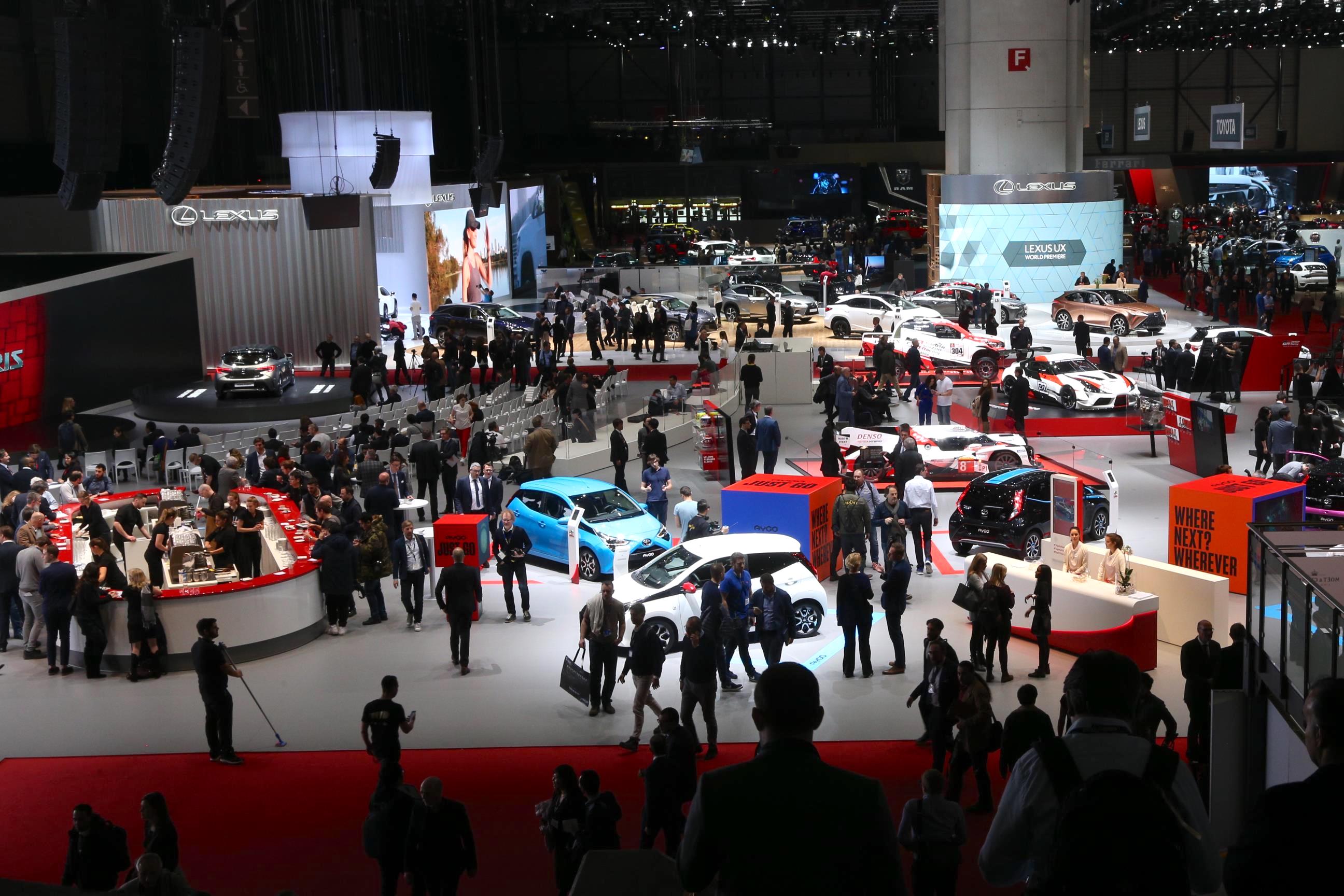
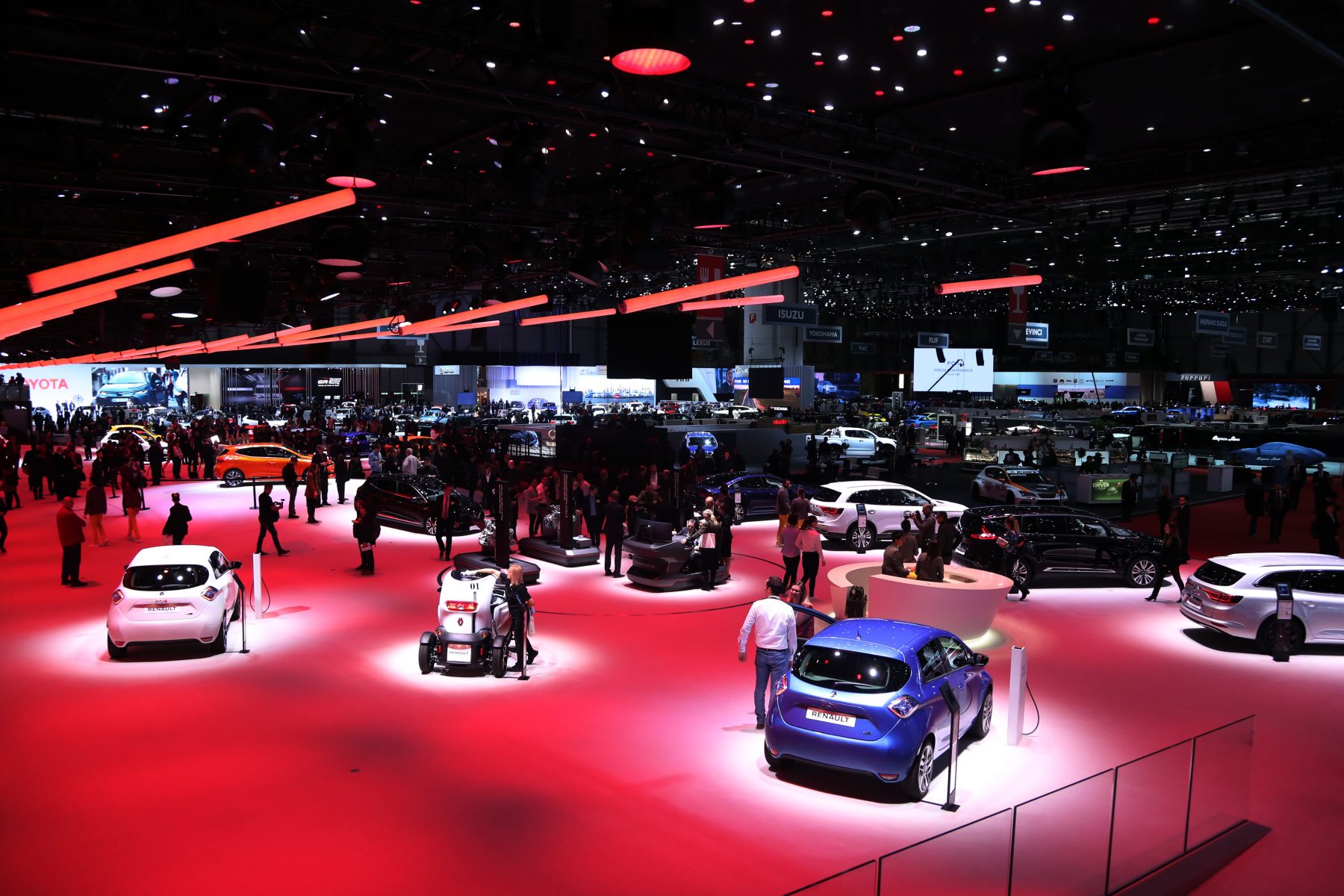


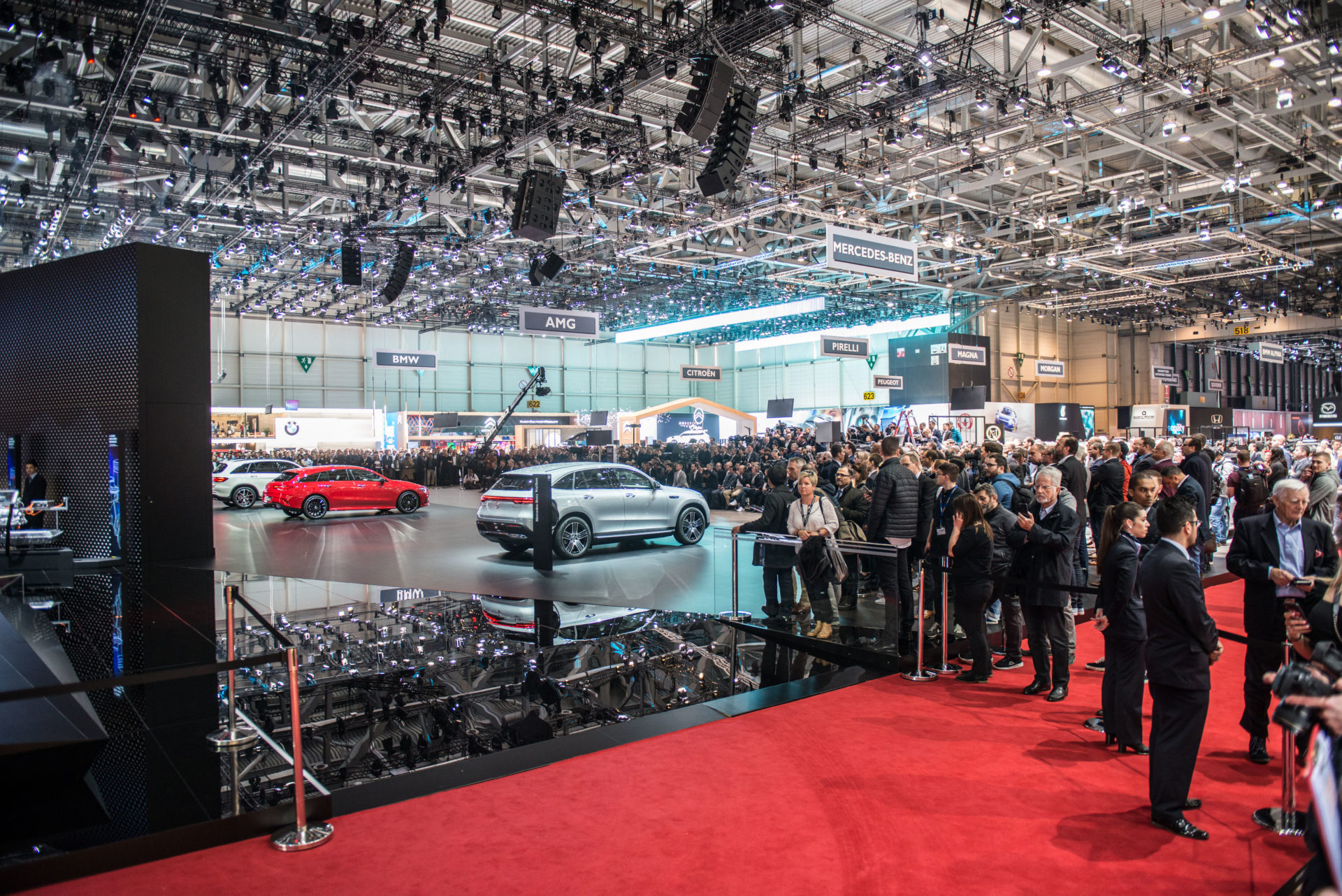
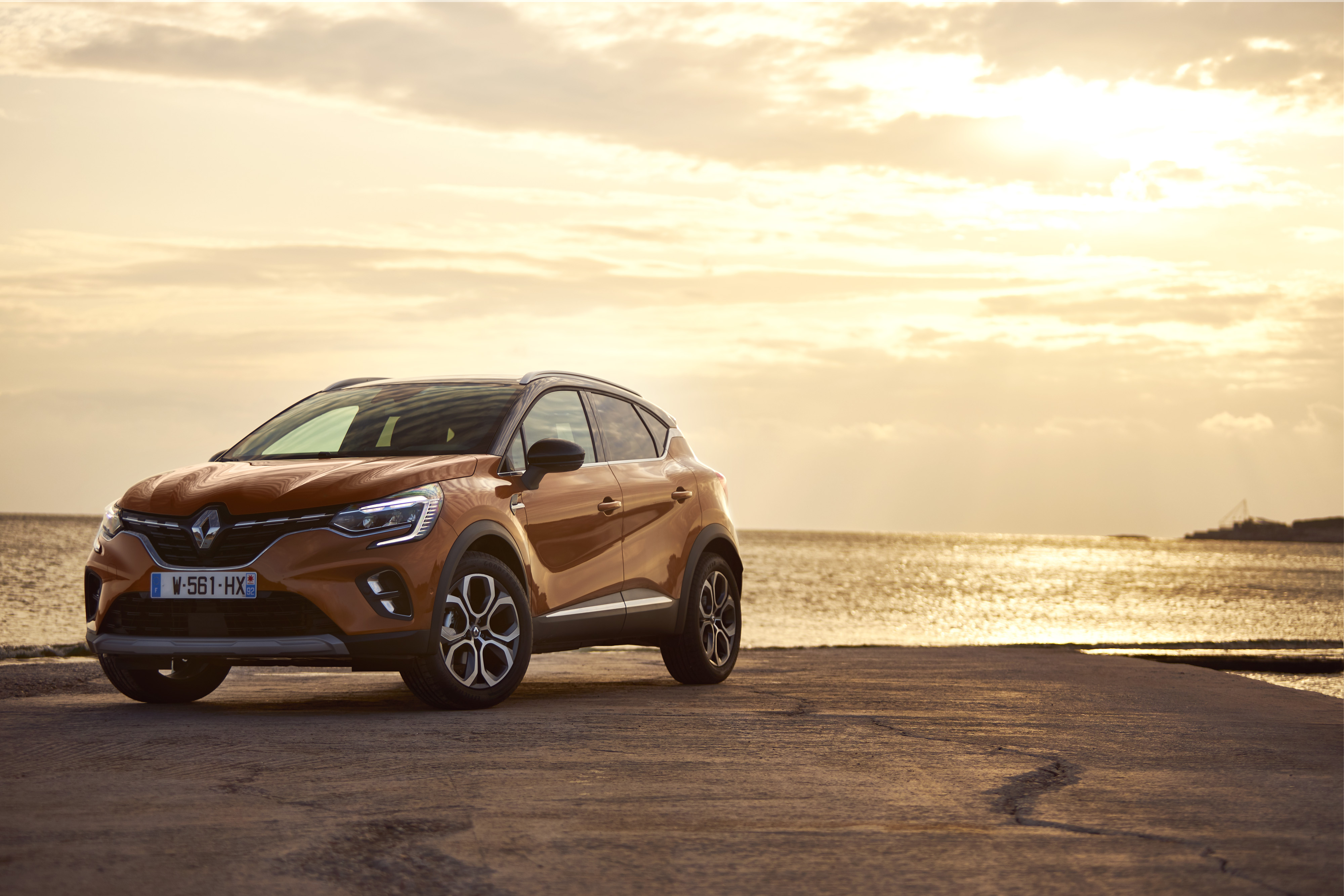
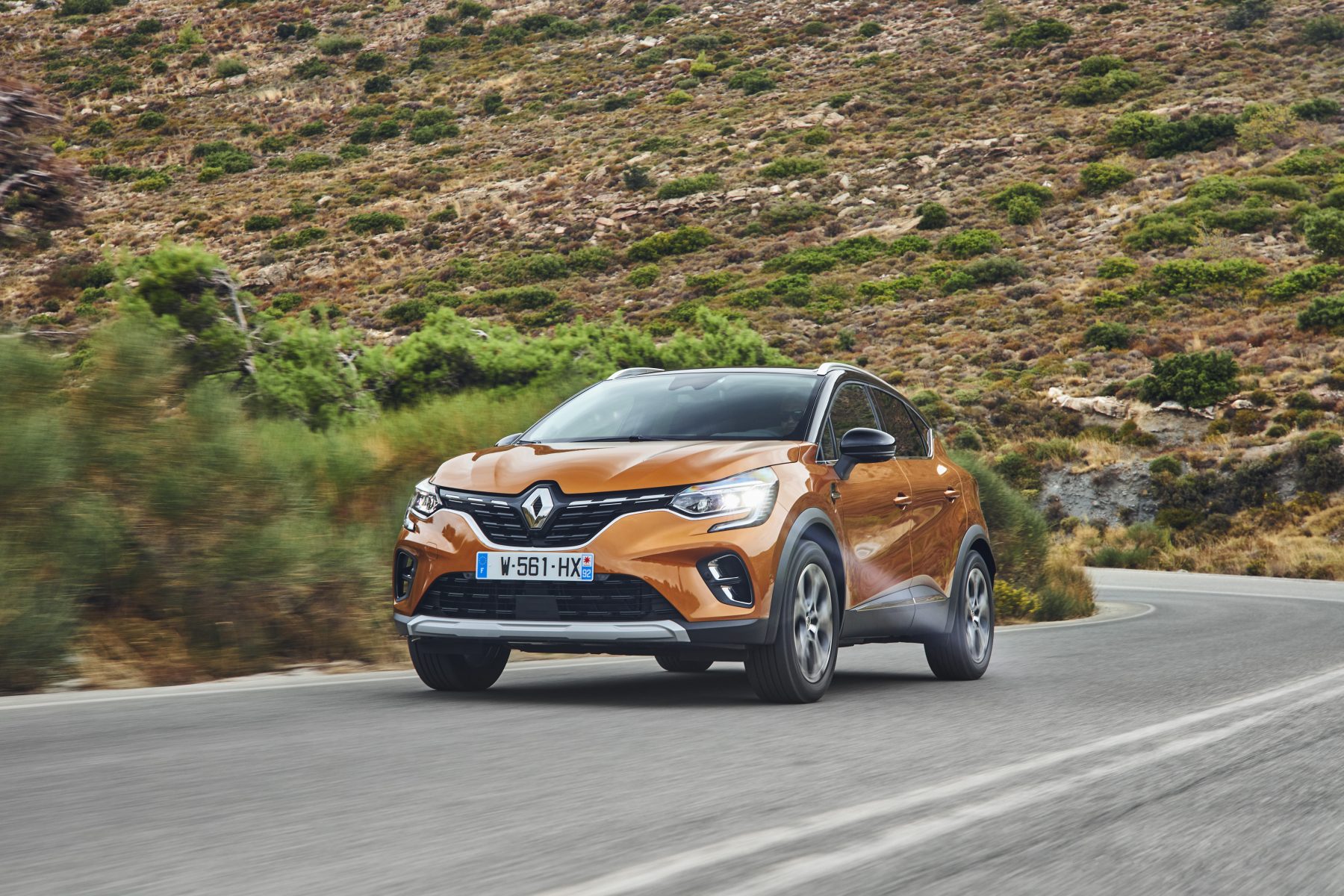
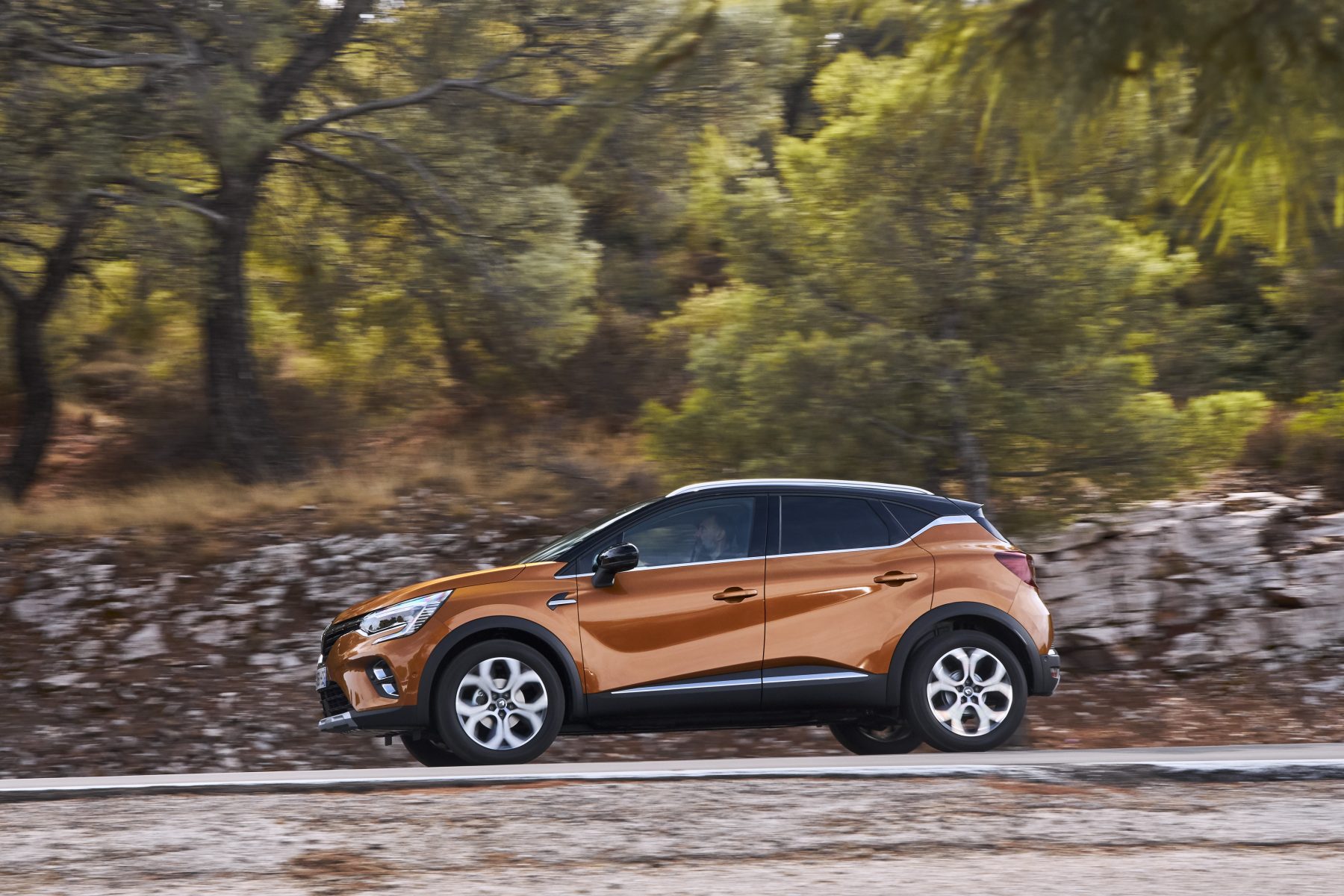
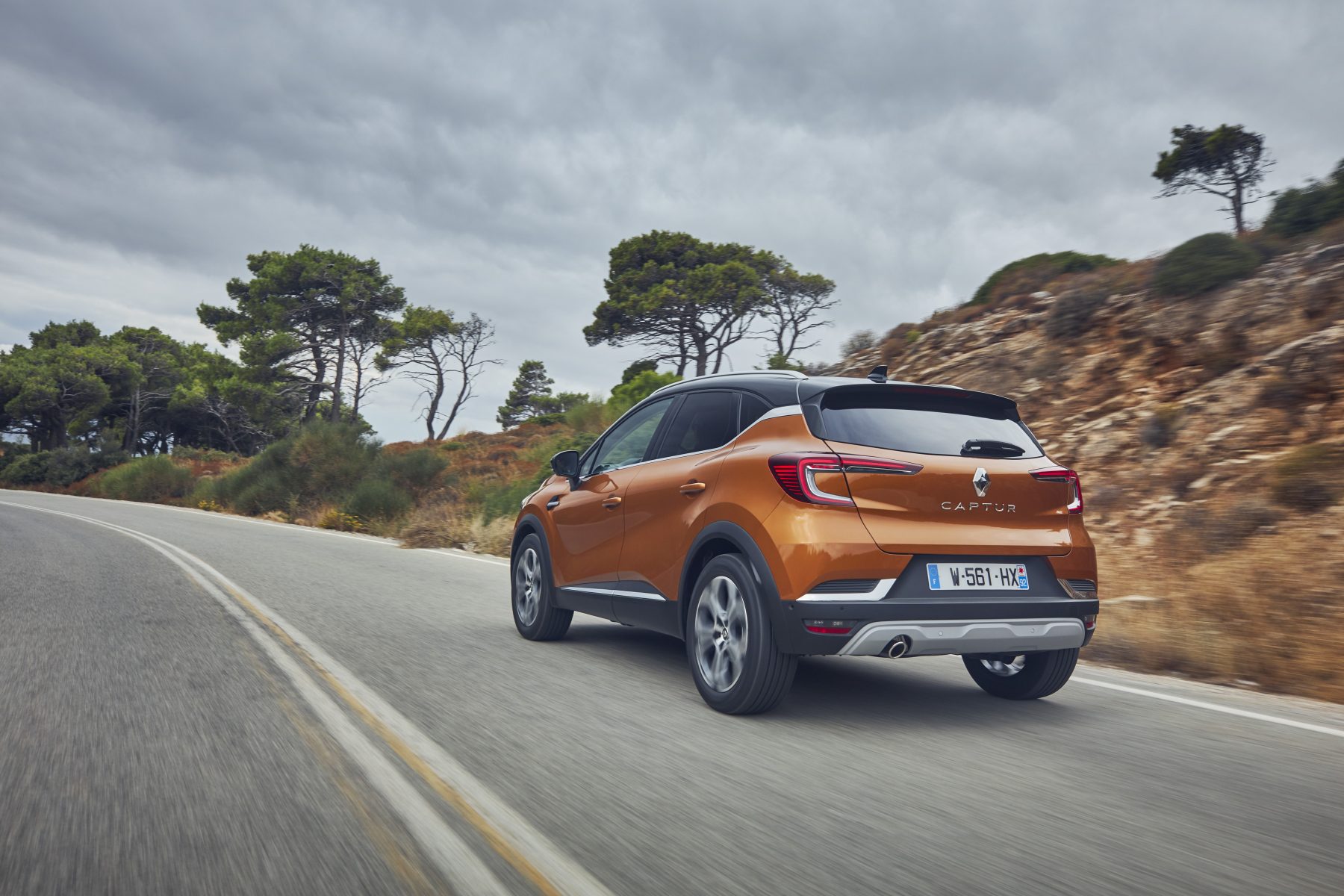
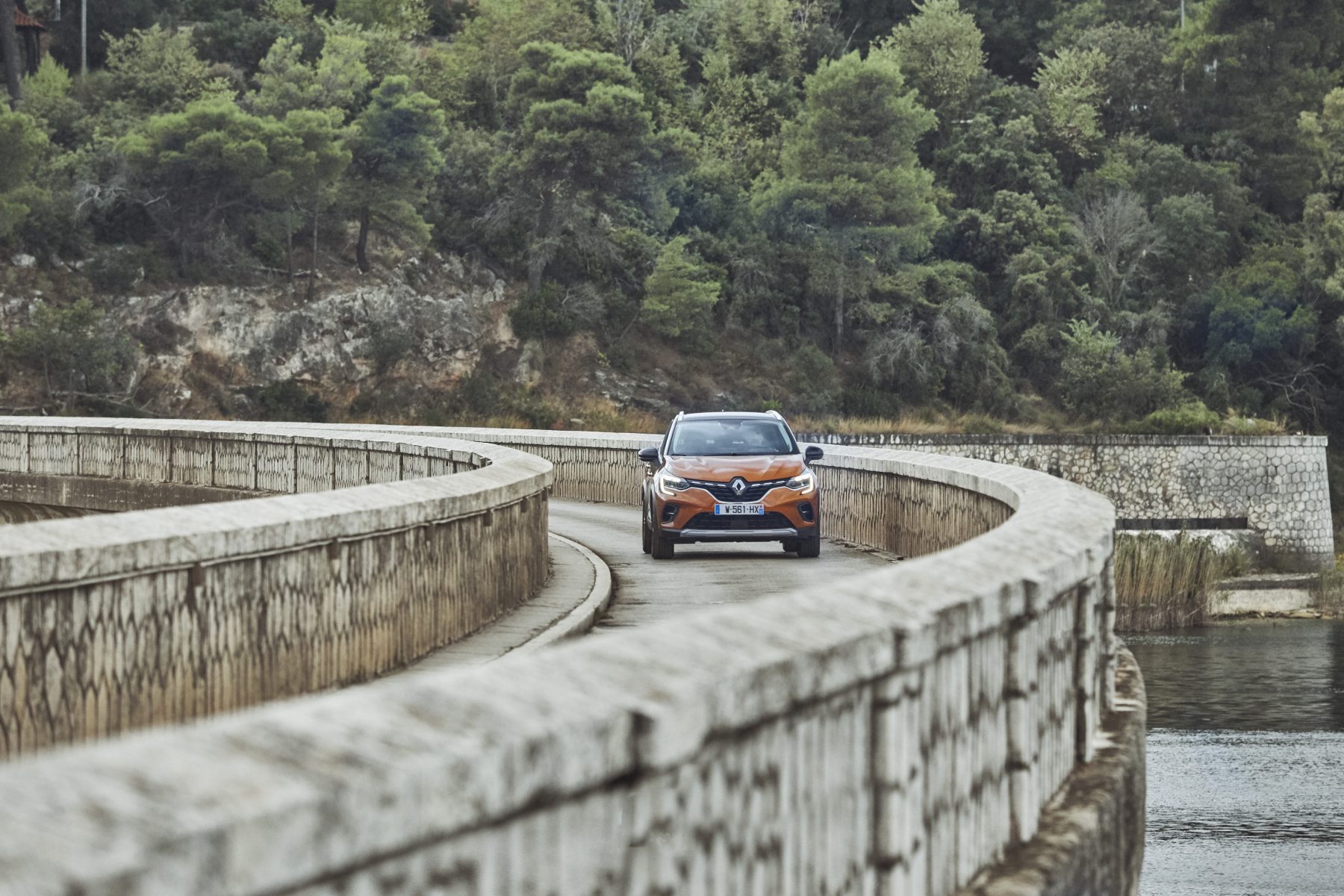
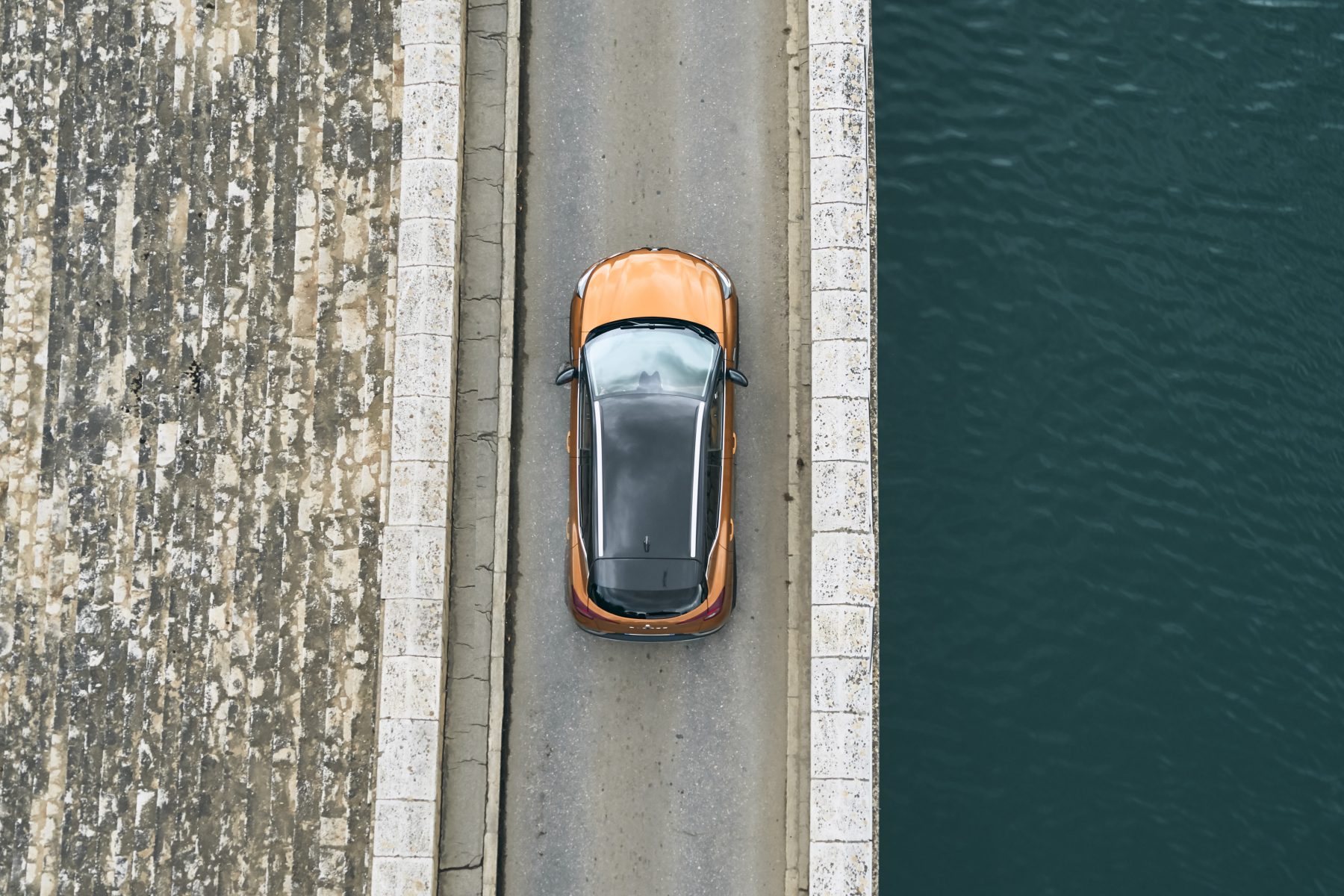
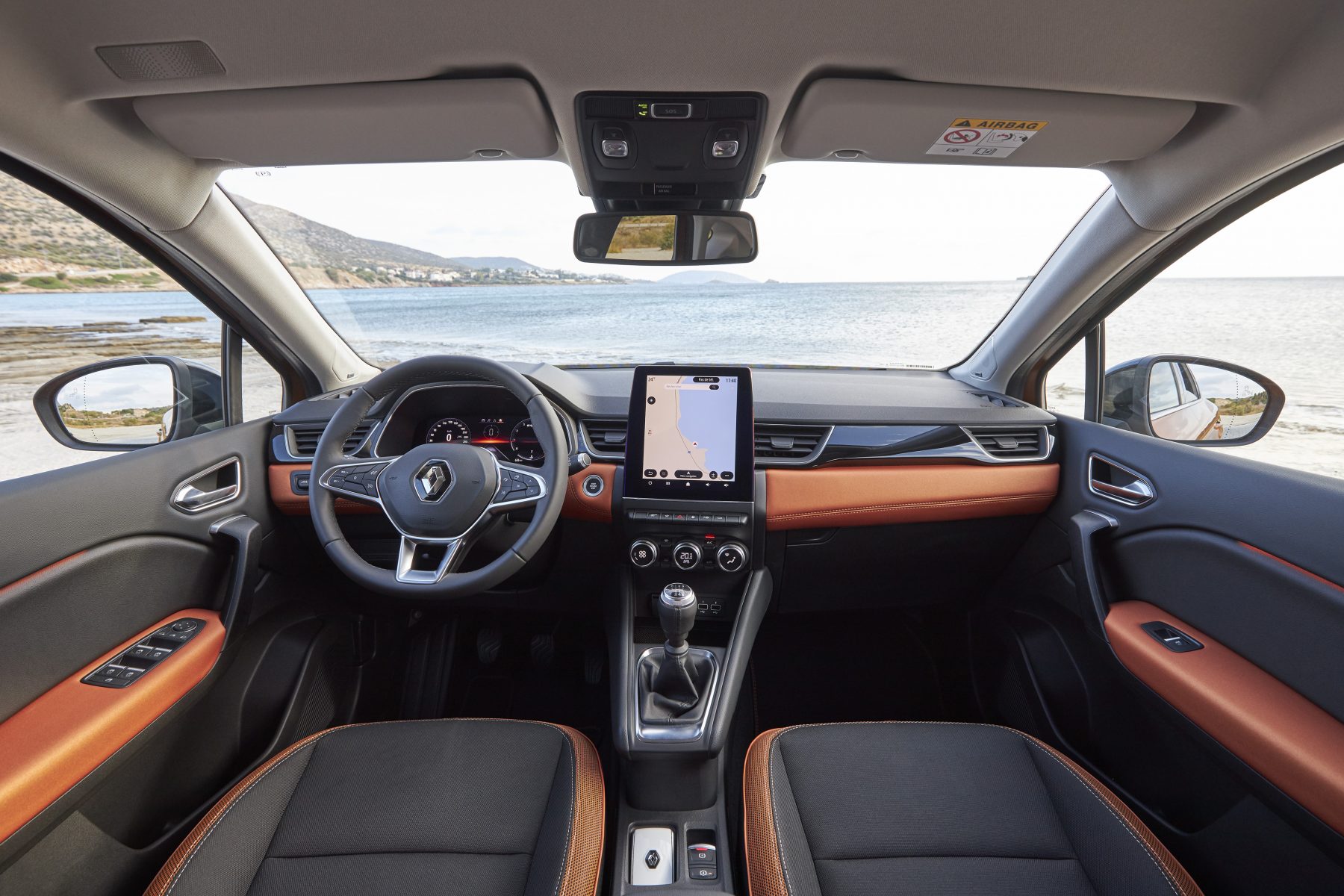
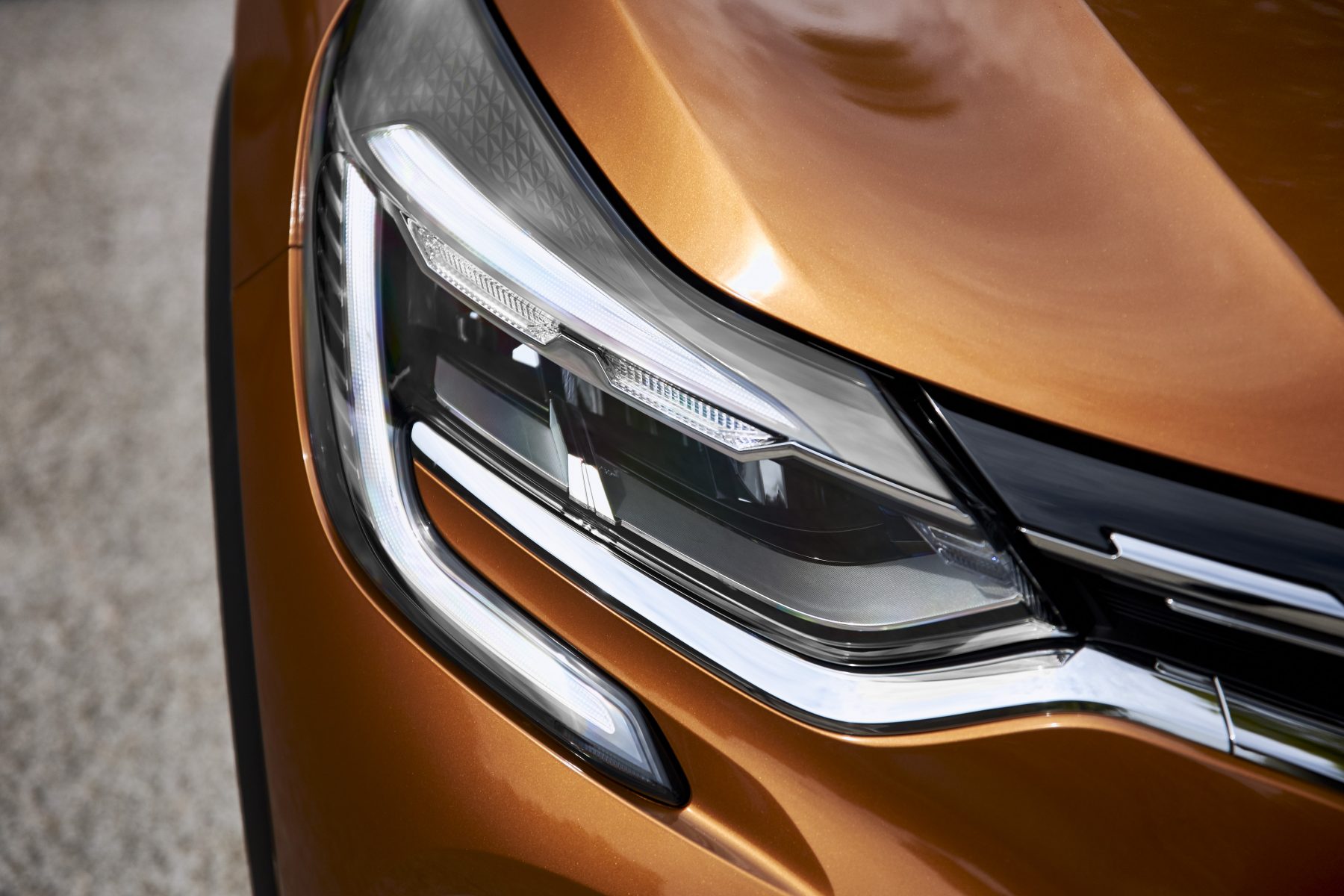
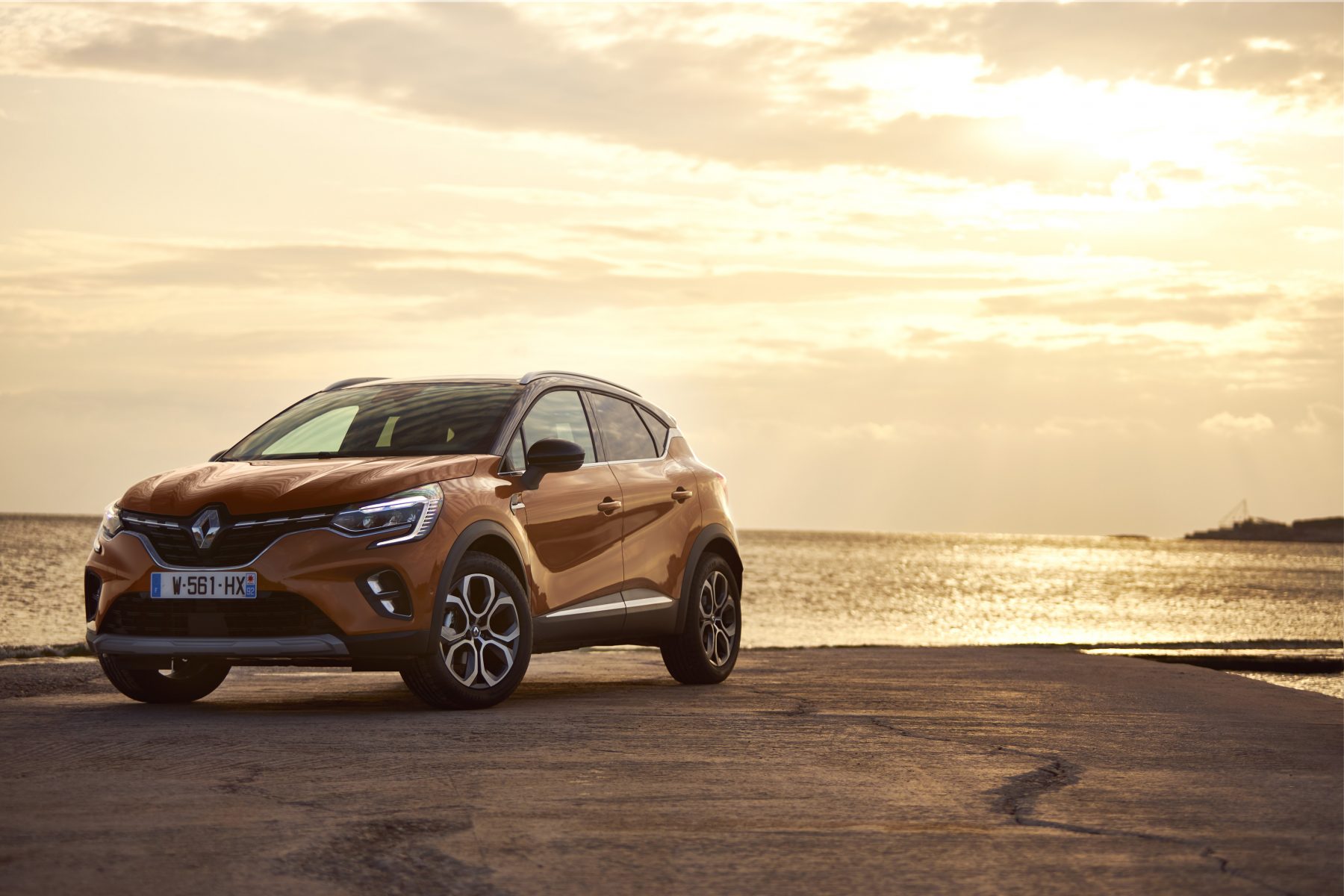
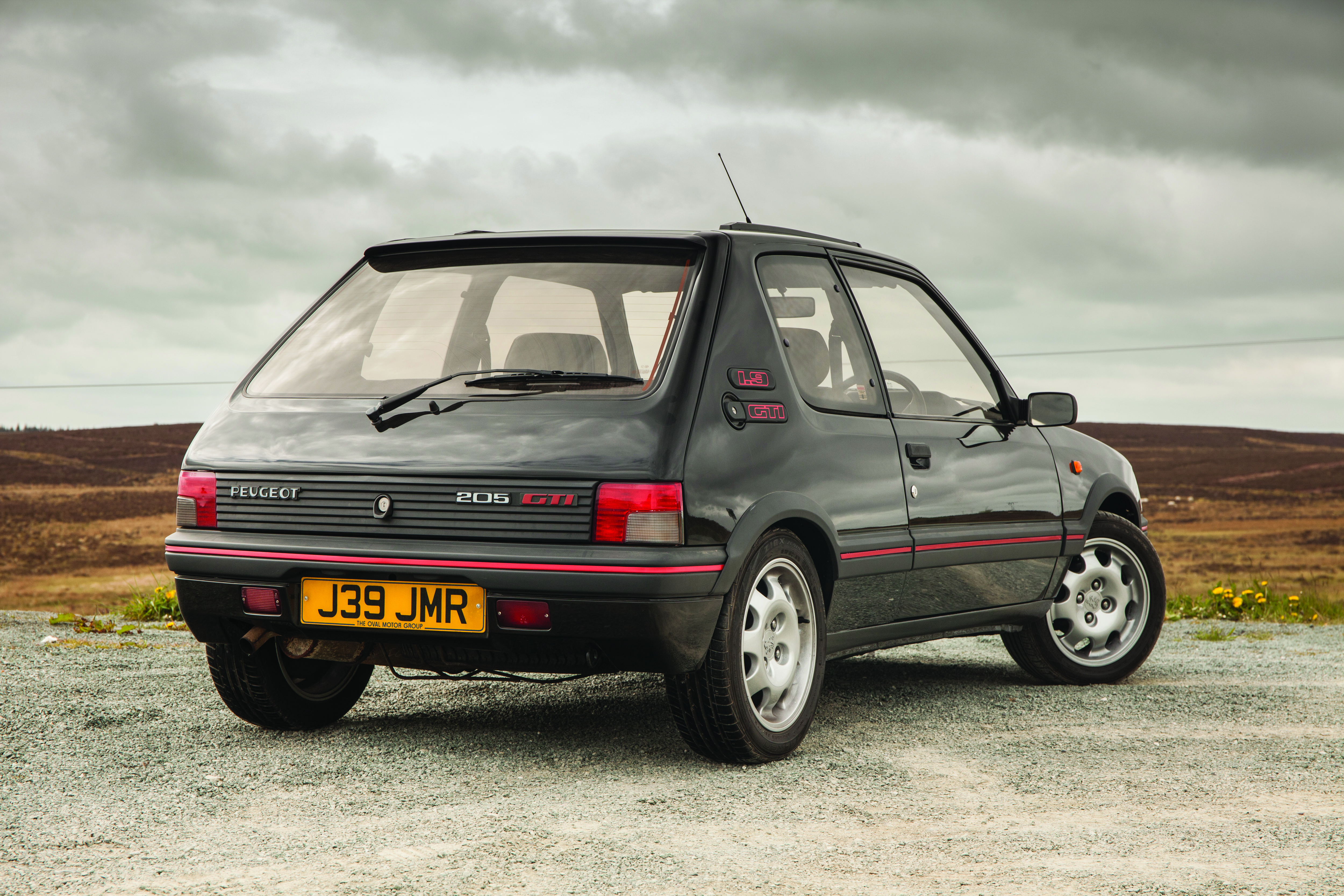
 There are a number of different avenues available when selling a classic car. The usual route is a traditional classified listings on popular websites such as Auto Trader, but before you start you need to decide on a price.
There are a number of different avenues available when selling a classic car. The usual route is a traditional classified listings on popular websites such as Auto Trader, but before you start you need to decide on a price.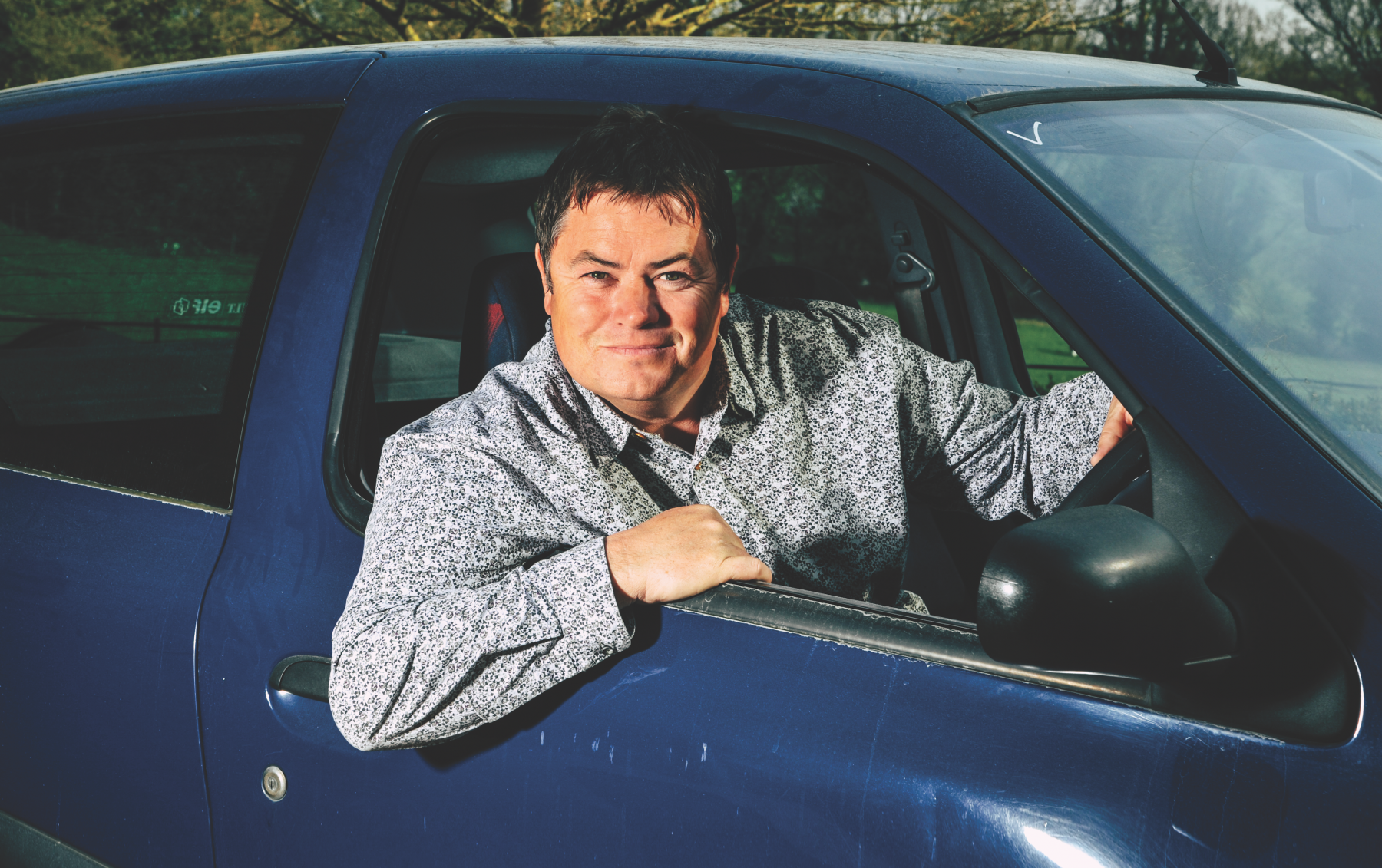 I caught up with TV’s Mr Wheeler Dealer, Mike Brewer, at the Silverstone Classic car event at the weekend and asked his opinion on auctions, like this one.
I caught up with TV’s Mr Wheeler Dealer, Mike Brewer, at the Silverstone Classic car event at the weekend and asked his opinion on auctions, like this one.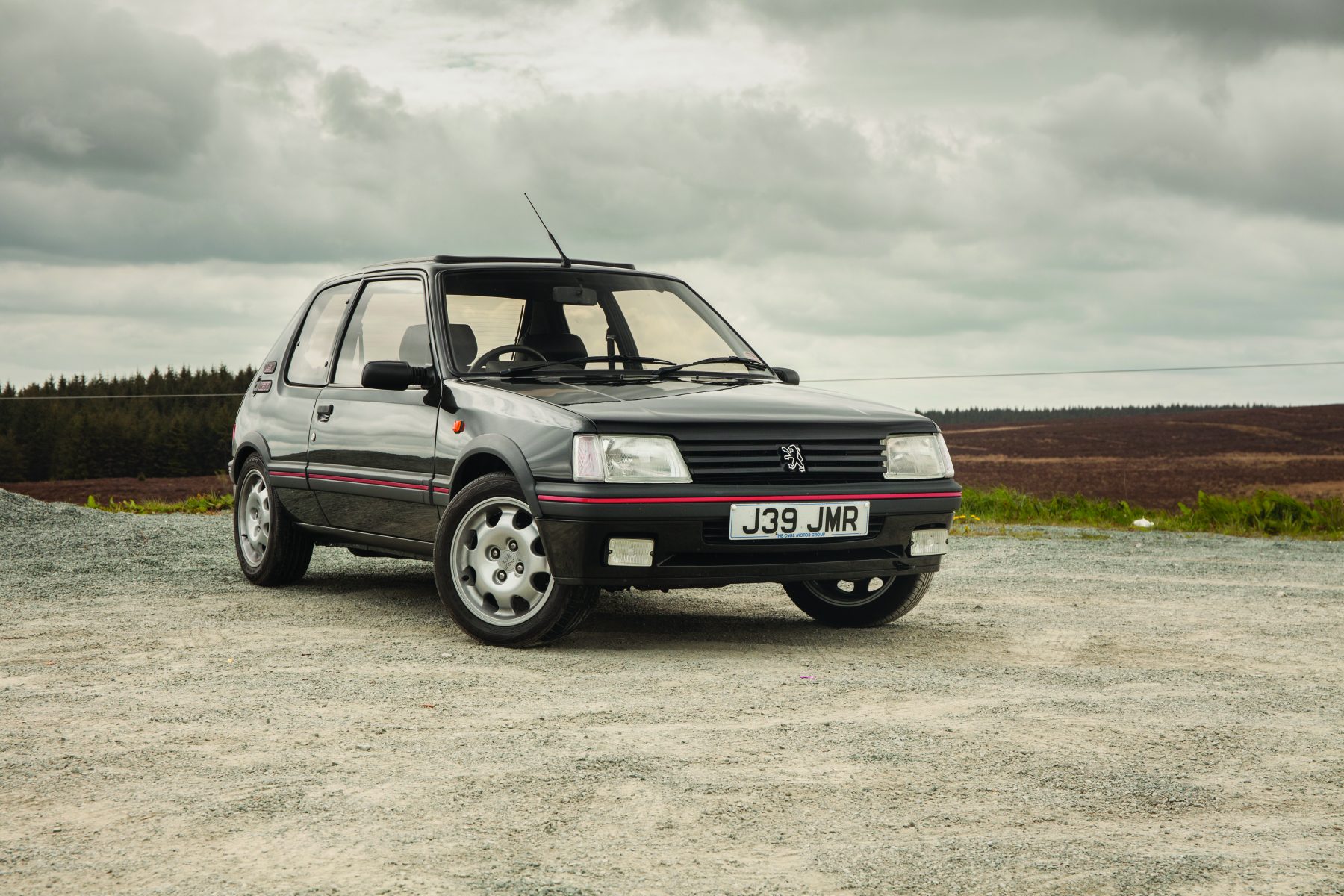 Just how much the Peugeot will make is hard to work out. I’ve been following auctions over the past few years for 205 GTIs and some have made impressive money. But then it all depends on how the buyers on the day are feeling.
Just how much the Peugeot will make is hard to work out. I’ve been following auctions over the past few years for 205 GTIs and some have made impressive money. But then it all depends on how the buyers on the day are feeling.